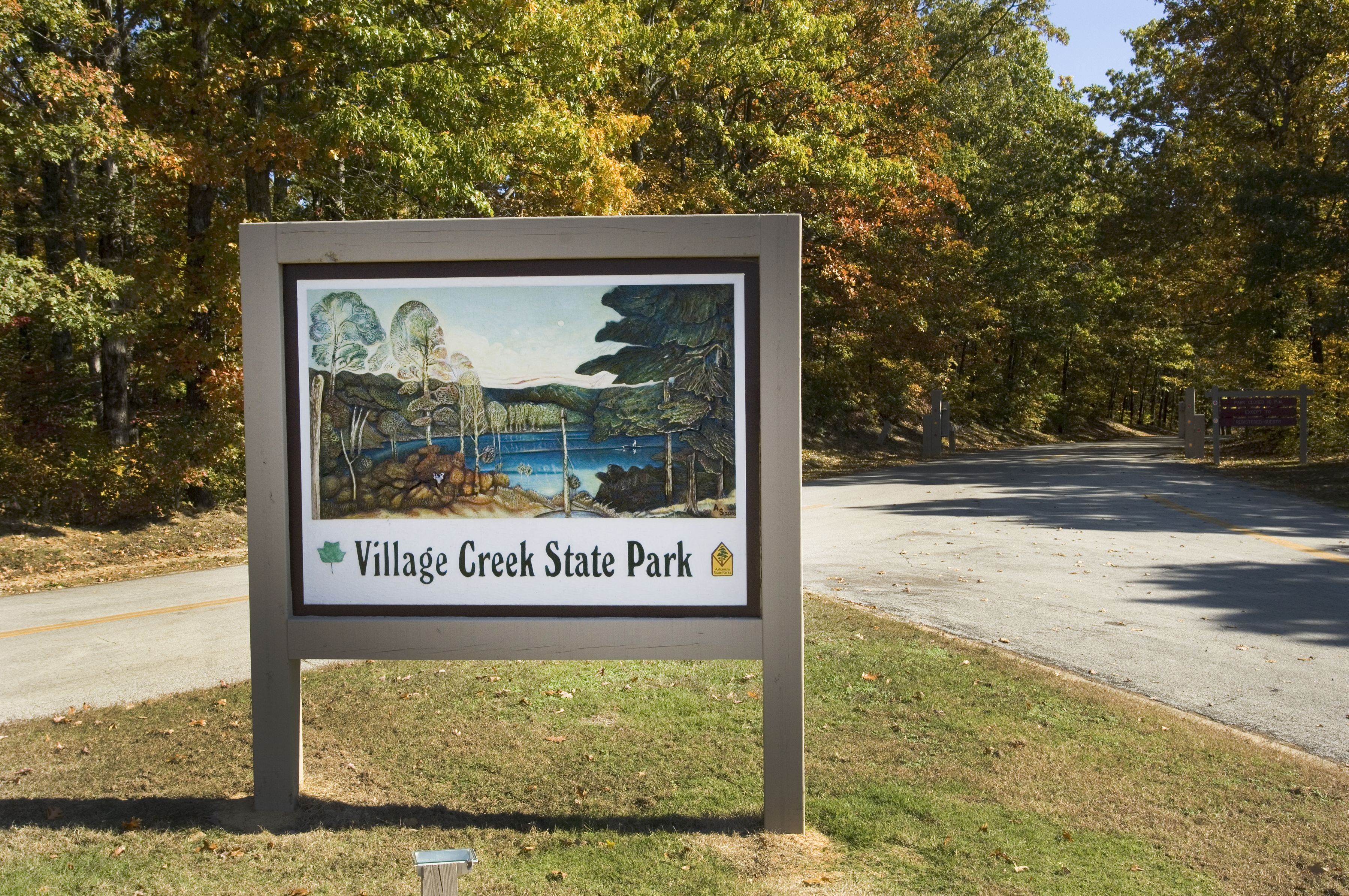History & Heritage Trail
Arkansas has long been a crossroads of American history, where pivotal moments shaped the nation’s past and left lasting marks on the land.
The Trail of Tears is a name given to the forced relocation and movement of Native American nations from southeastern parts of the United States following the Indian Removal Act of 1830. The Old Southwest Trail is also known as the National Road and the Old Military Road. It was one of the first permanent roads across Arkansas. Both Confederate and Union army forces trekked through the state en route to battles troops often engaged in skirmishes along the way–you can see battlefields and monuments on the Civil War trail. The Butterfield Overland Mail Stage Line operated from 1857-1861 and carried passengers and mail. This Arkansas History and Heritage Trail is a journey through Trail of Tears history, Civil War sites and other important pieces of Arkansas culture. Read about the trail’s many highlights and make plans to travel it.
Gillett
The first European settlement in the lower Mississippi Valley region, Arkansas Post became part of the United States during the Louisiana Purchase of 1803. By 1819, the post was a thriving river port and the largest city in the region and selected the capital of the Arkansas Territory. The park contains the January 11, 1863 Arkansas Post battlefield where vastly superior numbers of Union troops under major General John McClernand defeated Confederate defenders under Brigadier General Thomas Churchill. While Fort Hindman now lies beneath the Arkansas River, there are still remnants of Confederate trenches. The battle, as well as the rest of Arkansas Post's rich history, is interpreted at the park museum. Tour guides are available but must be requested for in advance.
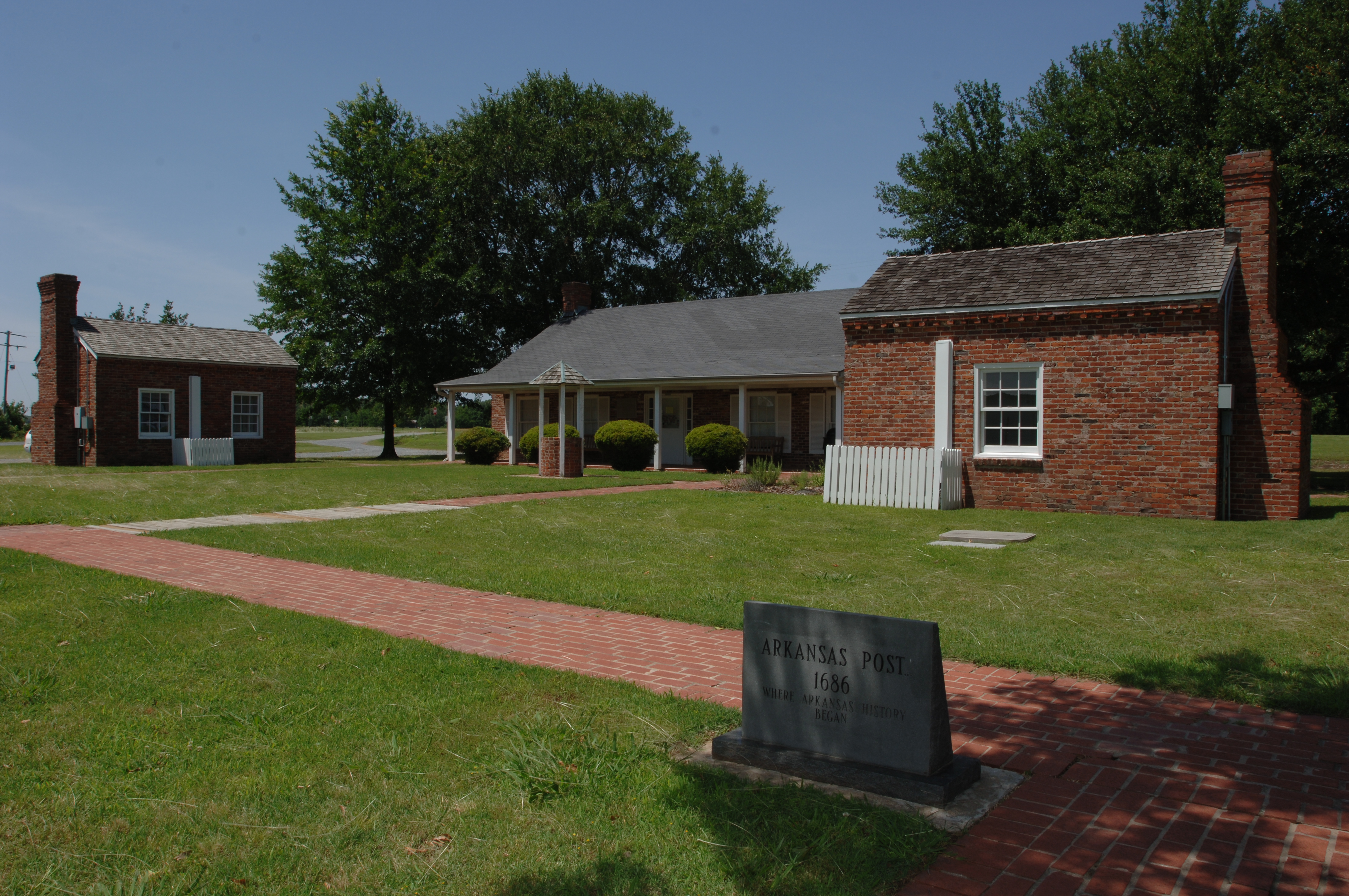
Blue Spring Heritage Center
Eureka Springs
Historic Blue Spring, a stop on the Trail of Tears, pours 38 million gallons of water each day into its trout-stocked lagoon. View the historic film, stroll the garden paths and visit the bluff shelter on the National Register of Historic Places.
Conway
On the National Register of Historic Places; facilities include the Blockhouse restoration, the Cherokee Trail of Tears exhibits, a boat launching ramp, hiking trails, restrooms, picnic areas, pavilion, handicapped trails and parking areas, historical mural of this pioneer settlement, markers, and interpretive signs. This port on the Arkansas River was also a stopping spot for the Butterfield Overland Mail Route. Both the Trail of Tears and the Butterfield Trail are part of the Arkansas Historic Trails System.
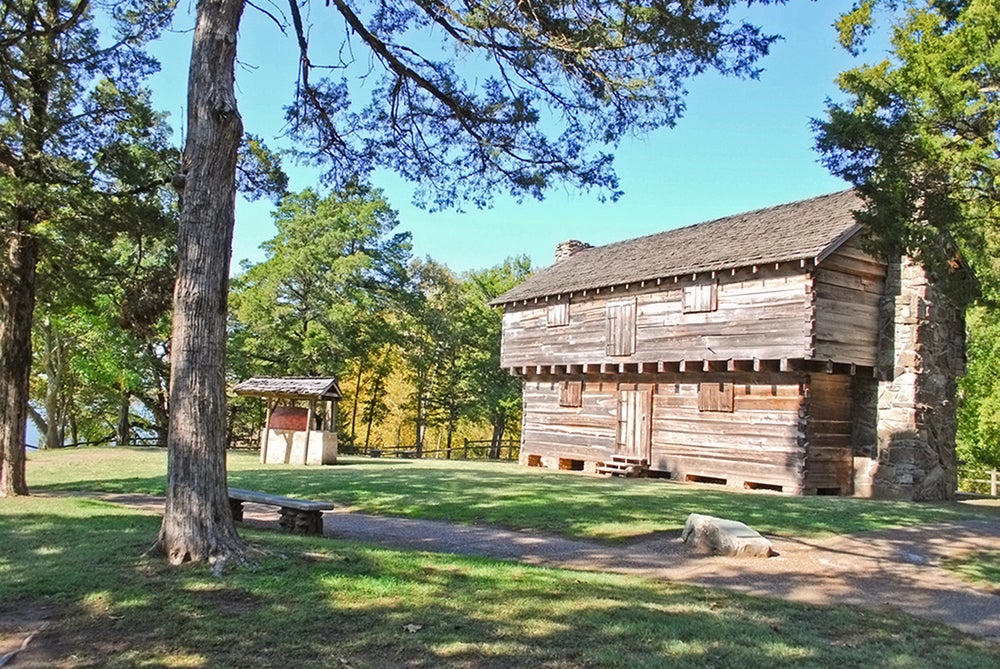
Helena-West Helena
Historic cemetery lies on the upsurge of Crowley's Ridge at the northern edge of town. Burial place of Helena resident Gen. Patrick Cleburne, known as "the Stonewall Jackson of the West."
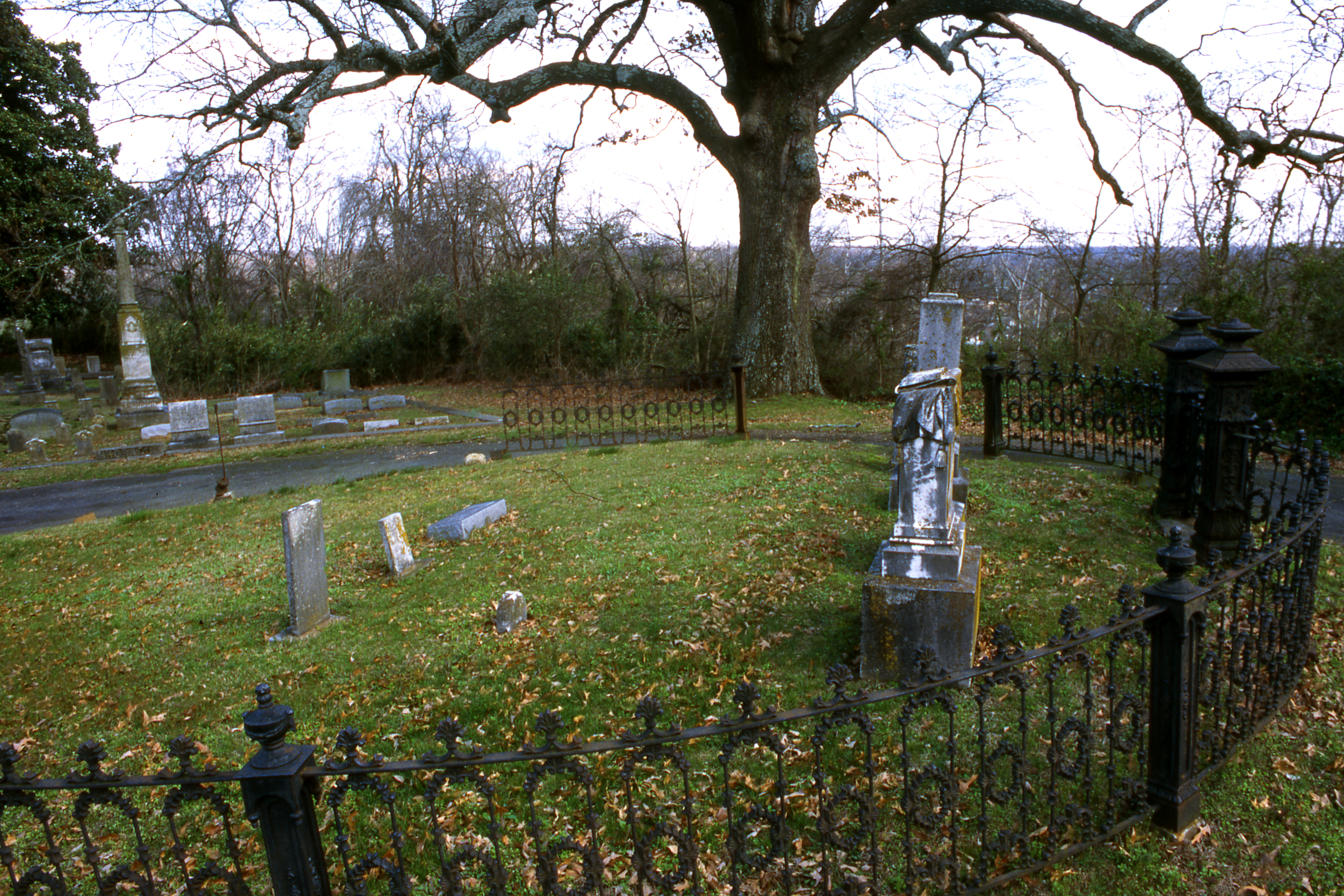
Helena-West Helena
Exhibits that chronicle the history and lifestyles of the Delta. A highlight is a music exhibit featuring blues and other music of the area. One part of the center is located in the restored 1912 train depot where bluesmen once played, recalls “Sunshine” Sonny Payne, legendary announcer of the “King Biscuit Time” radio show. “They would come off the plantations down in Elaine, Wabash, Marvell, and Turkey Scratch,” Payne says. “It was their way of letting off steam.” Other exhibits include The Civil War in the Arkansas Delta and A Heritage of Determination The legendary King Biscuit Time radio show is broadcast live from the center daily. Helena witnessed the forced migration of thousands of Cherokee along the "water route" to Indian Territory
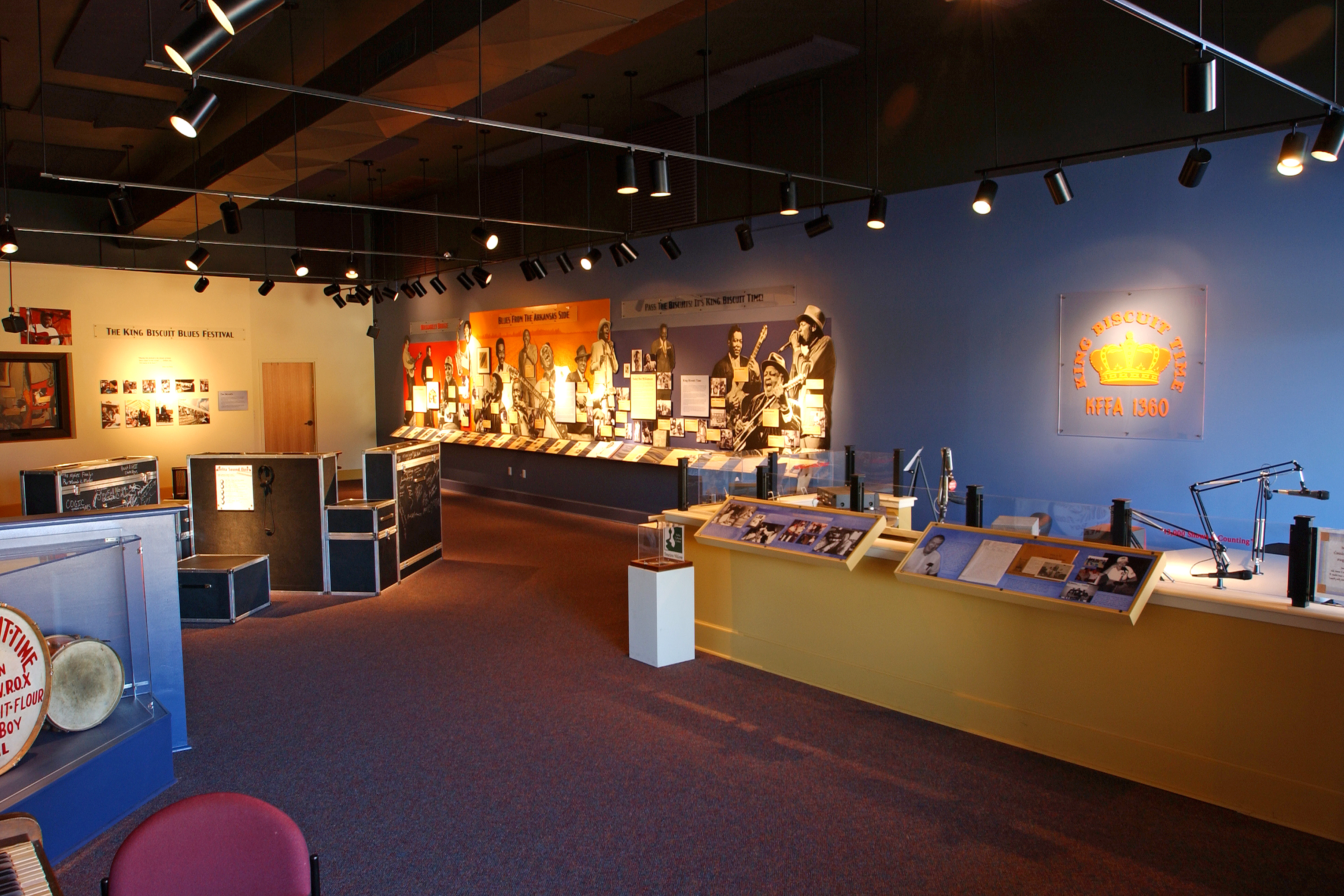
West Fork
Located on approximately 2,500 of unspoiled acres adjoining the Ozark National Forest between Winslow and West Fork. Hiking, backpacking, equestrian and mountain bike trails. RV and tent camping, crevice area, swimming pool, nature programs, CCC-built cabins and interpretive programs.
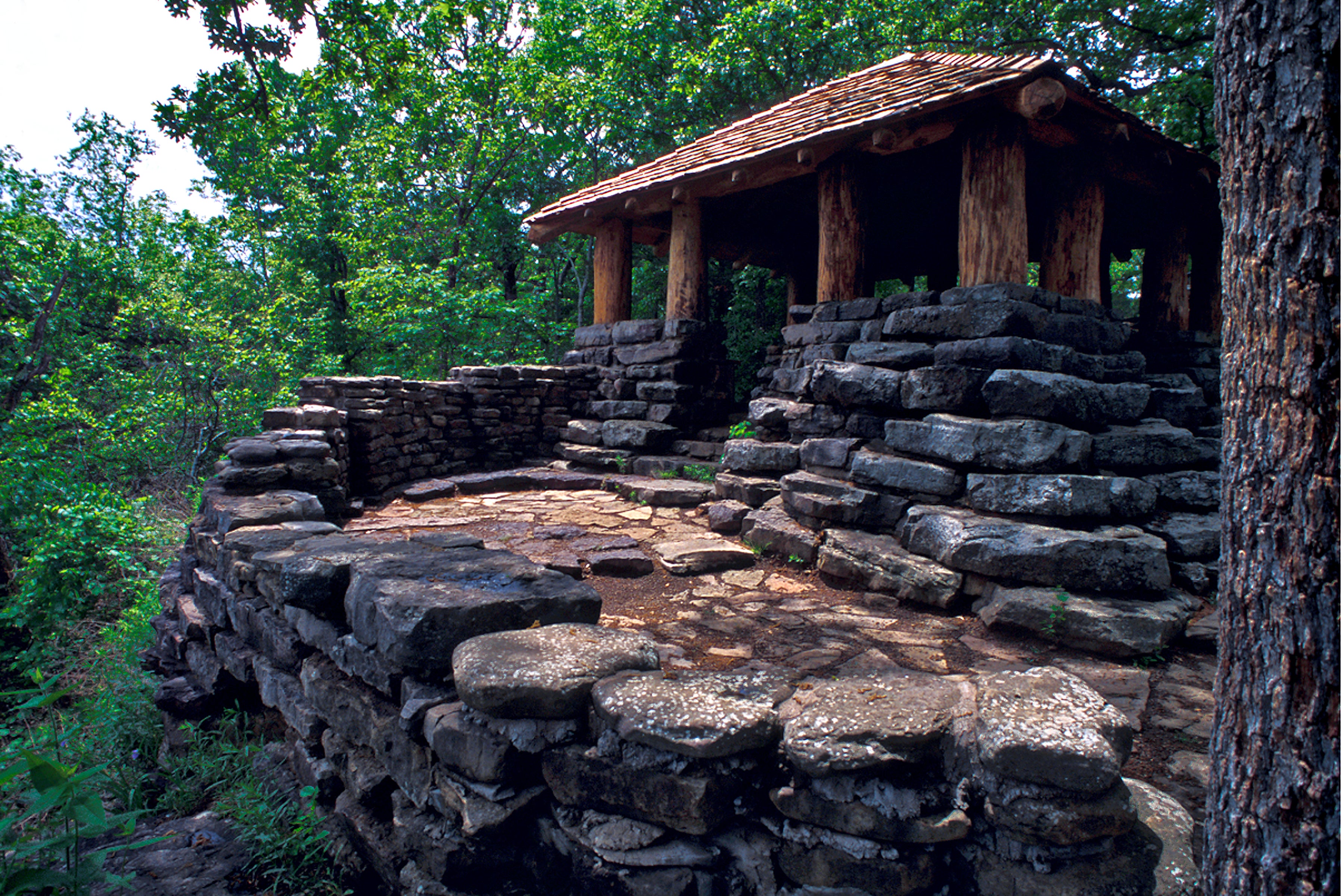
Helena-West Helena
Reproduction of the Union Civil War fort in historic downtown Helena; a part of Helena’s Civil War multi-faceted heritage that includes Federal occupation, seven Confederate generals, and an encampment of thousands of freed slaves. In August 1862 the Union forces occupying Helena erected a redoubt of earth and timbers to serve as the key to the city's defenses. Fort Curtis, named for the Union general in command, was one of five fortified positions which enabled Union soldiers to repulse a Confederate attack on July 4, 1863, designed to recapture the city and relieve the siege at Vicksburg. On the day of the attack 4,129 Union officers and men, under Gen. Prentiss, were positioned in and around the fort against 7,646 Confederate troops under General Holmes. Property of the Delta Cultural Center.
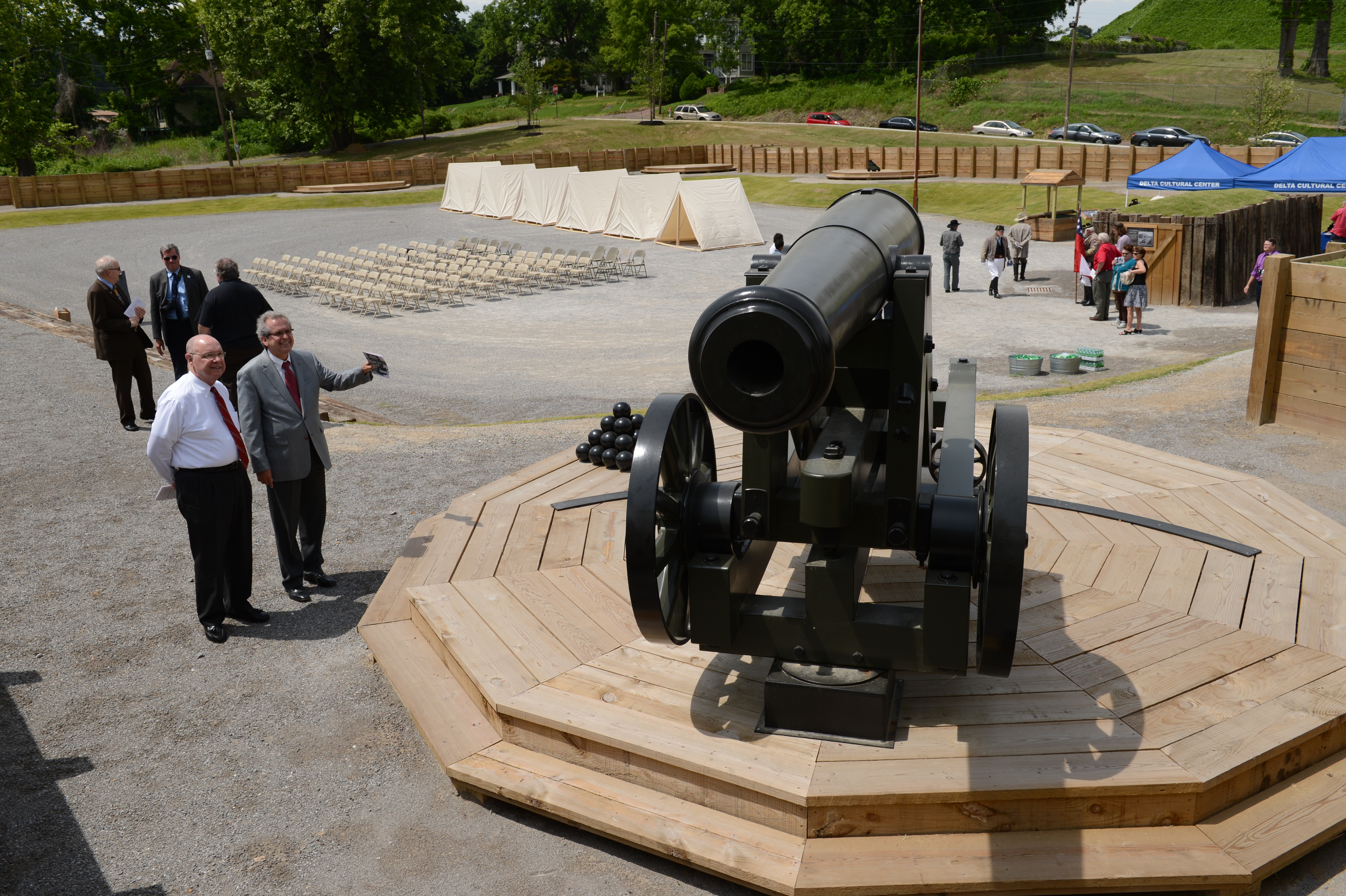
Fort Smith
Exhibits of the rich Fort Smith area history, old-fashioned drug store and working soda fountain; a marker notes the city's location on the Butterfield Overland Mail Route; located in the former Atkinson-Williams Building, listed on the National Register of Historic Places.

Fort Smith
The site contains the remains of two frontier garrisons, Federal Court for the Western District of Arkansas, Judge" Isaac C. Parker's courtroom, reproduction of the 1886 gallows, the "Hell on the Border" jail, an overlook of the Trail of Tears; Arkansas’ 1846 Commissary; exhibits on the army at Fort Smith (1817-1871), and the federal court including deputy marshals and outlaws. The original fort is a stop on the National Trail of Tears Scenic Trail. This site was seized by Rebel troops on April 23, 1863 and then recaptured by Federal forces two years later. It was a strategic point for both sides during the Civil War.

Fort Southerland Park
Camden
Fort Southerland (also known as Fort Diamond) and Fort Lookout were both part of the formidable fortifications started by Confederate troops and improved by Federal soldiers during their 1864 occupation of Camden. Fort Sutherland, which is open to the public, is explained through markers at the site, and has picnic areas. Fort Lookout is privately-owned and not accessible.
Helena-West Helena
One of more than 25 Civil War interpretive sites located throughout historic Helena and Phillips County. The park includes five major exhibits that explore the African-American experience in Civil War Helena. The exhibits follow the journey of the African-Americans from fugitive slave to freedom; and for some, enlistment in the Union Army and participation in the Battle of Helena on July 4, 1863. The Emancipation Proclamation exhibit will be the centerpiece of the park. Freedom Park is the first site in Arkansas to be designated for inclusion on the National Park Service's National Underground Railroad Network to Freedom program.
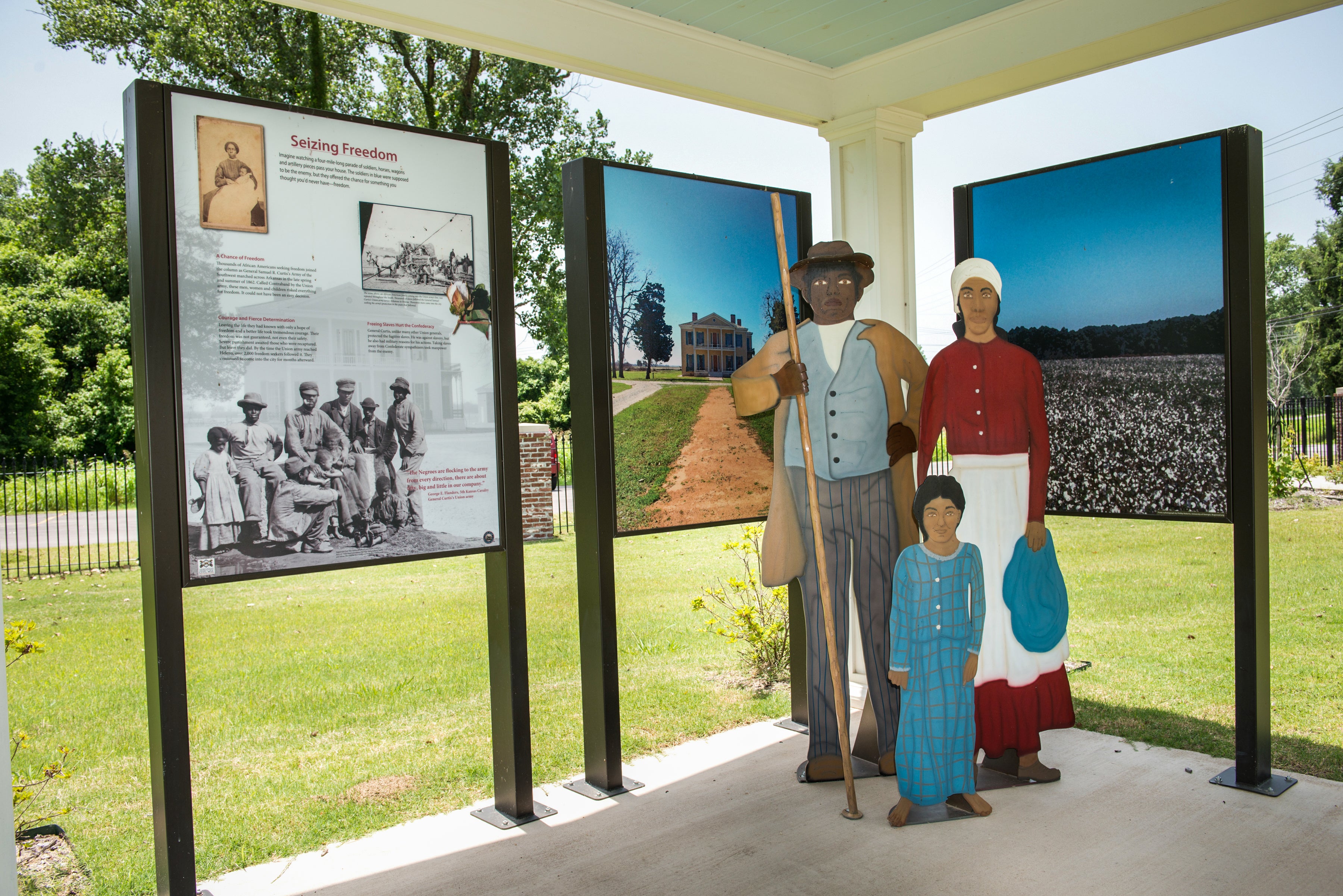
Helena-West Helena
Housed in an 1891 National Register of Historic Places building; artifacts include early paintings, Thomas Edison Collection, Native American, letters from General Lafayette, General Robert E. Lee, Civil War; Maple Hill Cemetery Diorama; bronze statue of Gen. Patrick Cleburne. Be on the look-out for Maybelle, the museum's resident ghost.
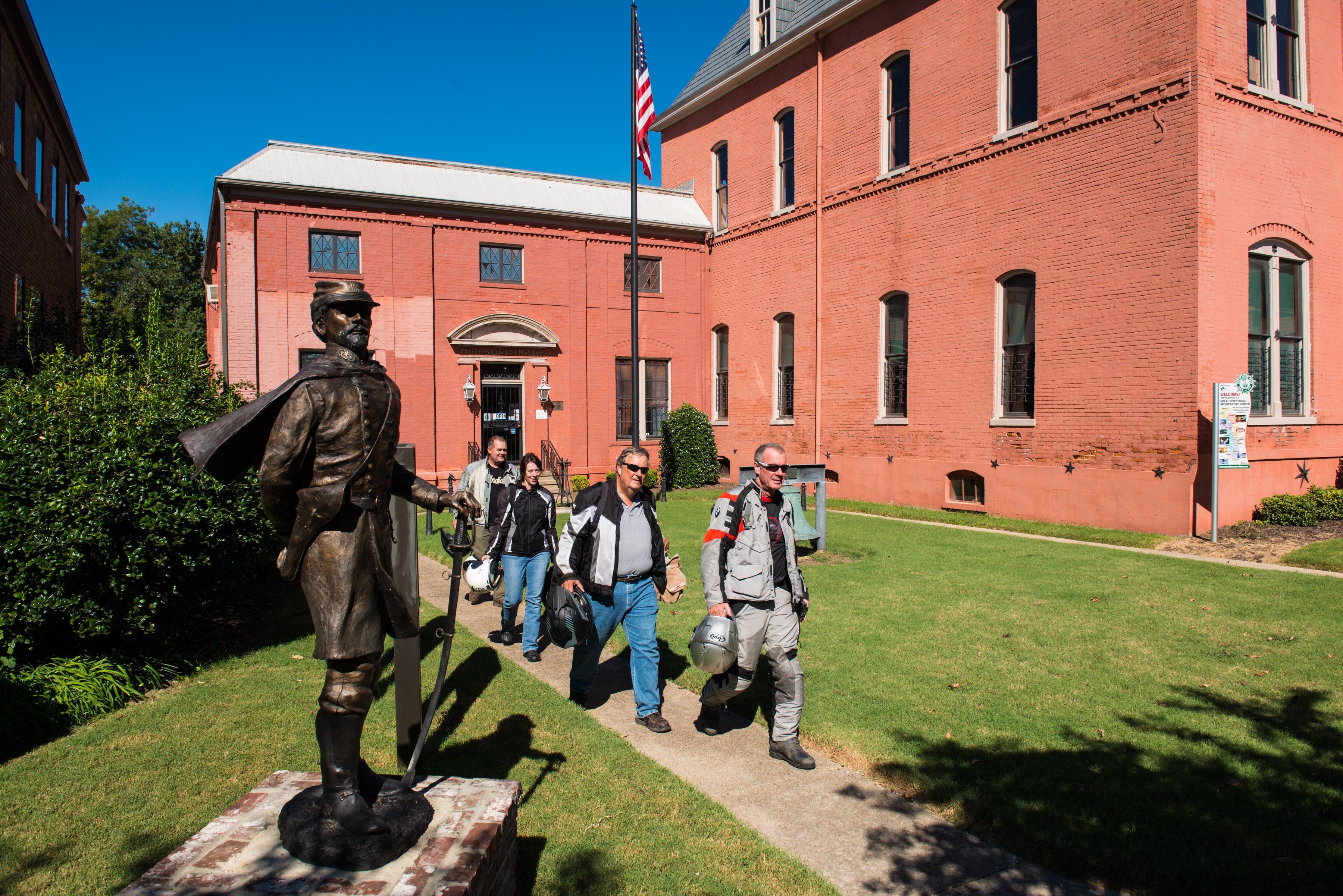
Washington
Interprets the 19th century town from 1824-1875; re-created Morrison Tavern Inn, Blacksmith Shop where the first Bowie Knife was forged, weapons and print museums, residences, steam-powered cotton gin, Williams Tavern Restaurant, Southwest Arkansas Regional Archives, 1874 Courthouse. The 1836 County Courthouse was the Confederate State Capitol after Union forces captured Little Rock in September 1863. Famous Southwest Trail travelers include Jim Bowie, Sam Houston, and Davy Crockett. All stopped at the town’s tavern inns. Surrey rides through the park are available. The Morrison Tavern Inn replica stands on the same spot as the original along Ark. 195, the Old Southwest Trail.
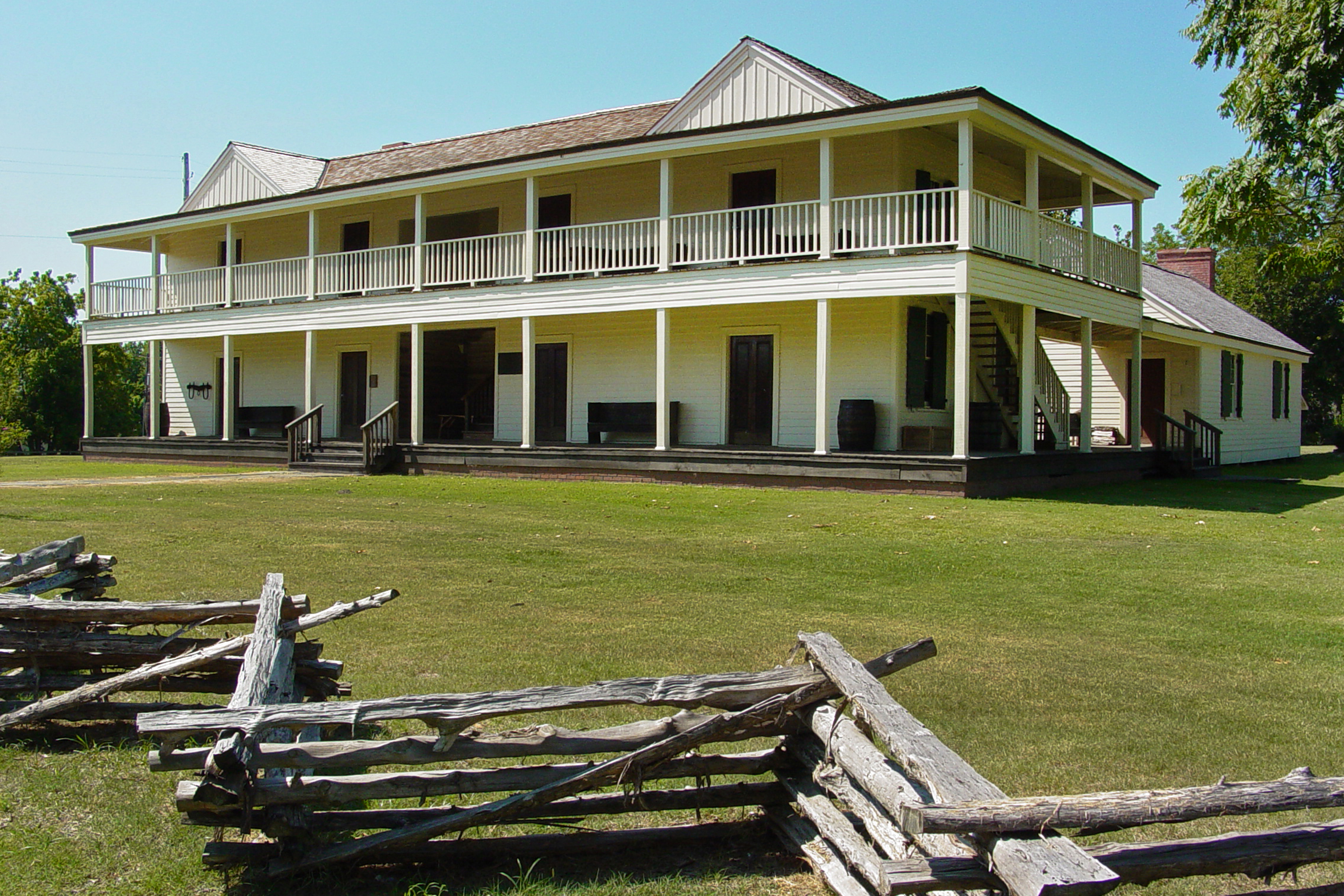
Jacksonville
Explores both battlefield and home front, with exhibits on the Civil War in Arkansas including the Battle of Reed’s Bridge; housed on the grounds of the WWII Arkansas Ordinance Administration Building; 3-D Gulf War outpost; interactive Titan II Missile Launch Control exhibit; Mighty-Mite, smallest jeep ever produced.
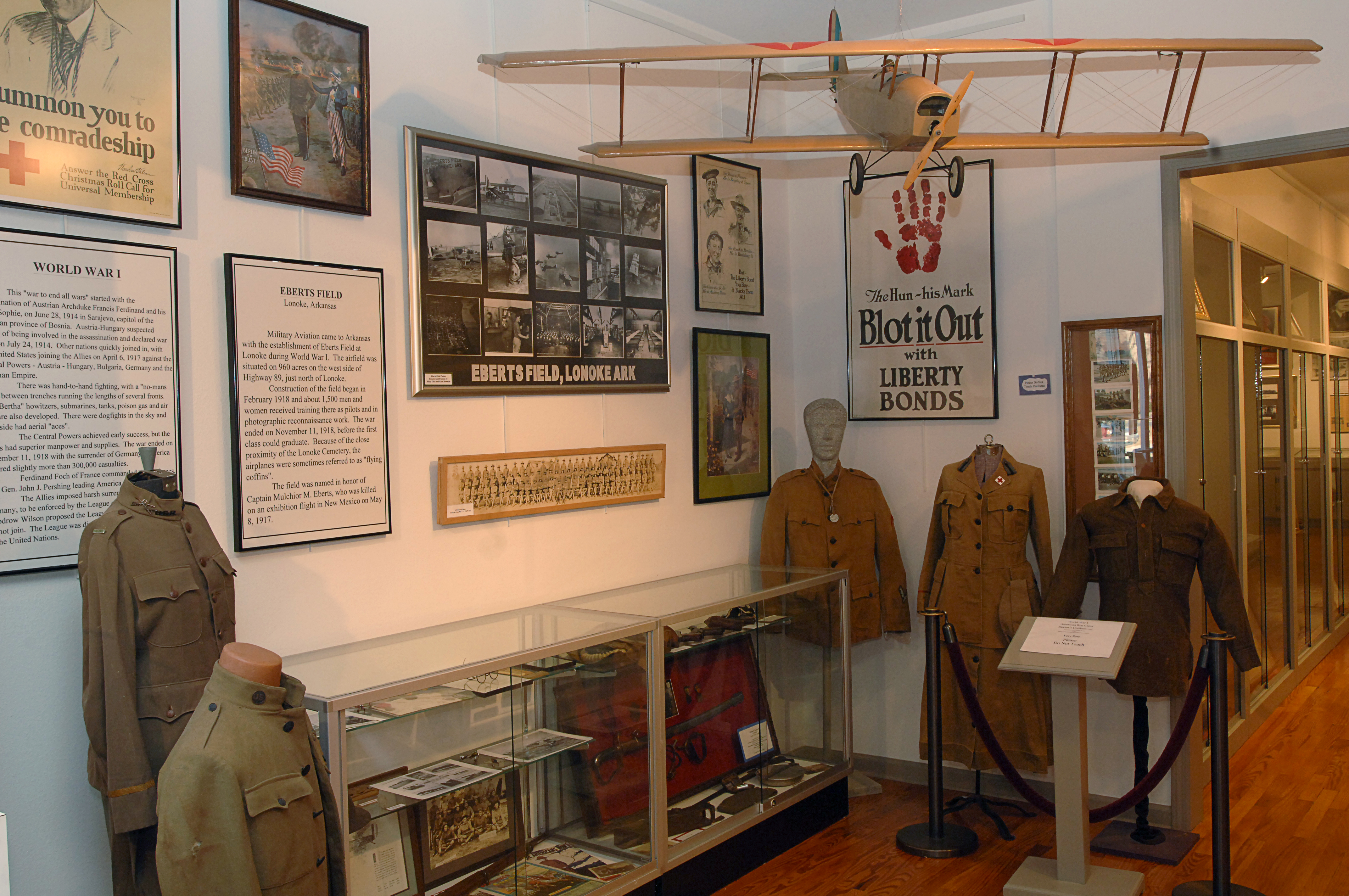
Sheridan
General Steele's Federal troops were desperately trying to cross the river in flooded, foggy conditions when the Confederates began their attack. The battlefield, now largely in timber production, is still prone to heavy spring flooding, as it was when the two armies met there on April 30, 1864. It was the last major Arkansas battle in the Camden Expedition of the Red River Campaign. Picnic area.
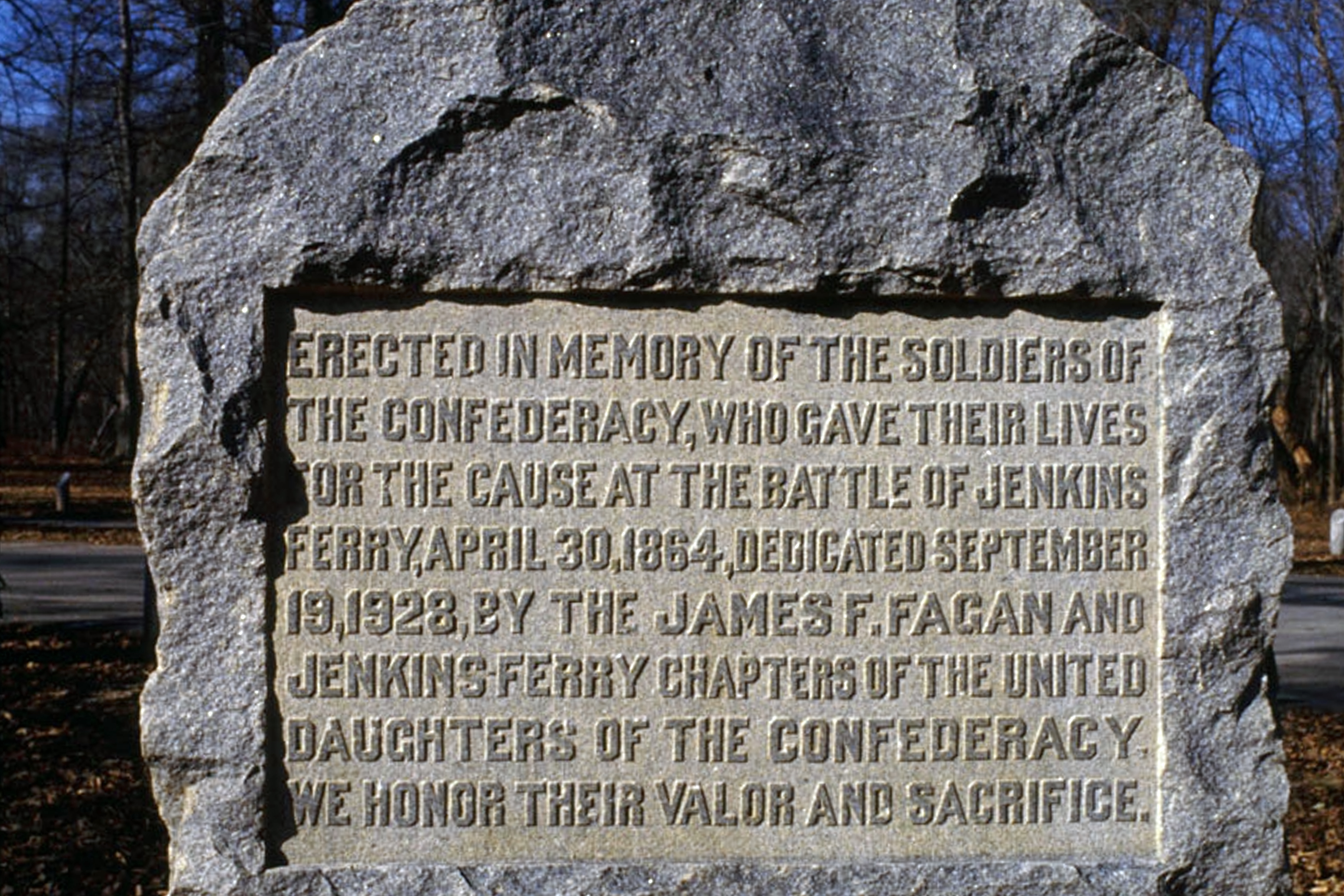
Russellville
Thirty-one Arkansas state parks provide campgrounds. Campsite choices range from primitive hike-in tent sites to those with water, electric and sewer hookups. Located throughout the state, the parks showcase the diversity of Arkansas’ geography and scenery. Campsites are available by reservation or on a first come basis. Reservations can be made at each park in person and by telephone, or booked online at www.ArkansasStateParks.com. A non-refundable reservation fee is required to confirm campsite reservation. A nightly fee is charged per site. It is necessary to register at the park visitor center before occupying a campsite. Pets are allowed in campgrounds but must remain on leash.

Little Rock
Located in the historic tower building of the Old Arsenal, a National Historic Landmark. Birthplace of General Douglas MacArthur in 1880, the building now houses a museum of Arkansas' military heritage from Territorial days to present. World War II exhibits include the Allison Collection, over 400 original photos, and the role of the Jeep during the war. An Arkansas Civil War Sesquicentennial Historical Marker is located on the museum grounds. Civil War exhibits include the Camden Campaign and David O. Dodd, boy martyr of the Confederacy.
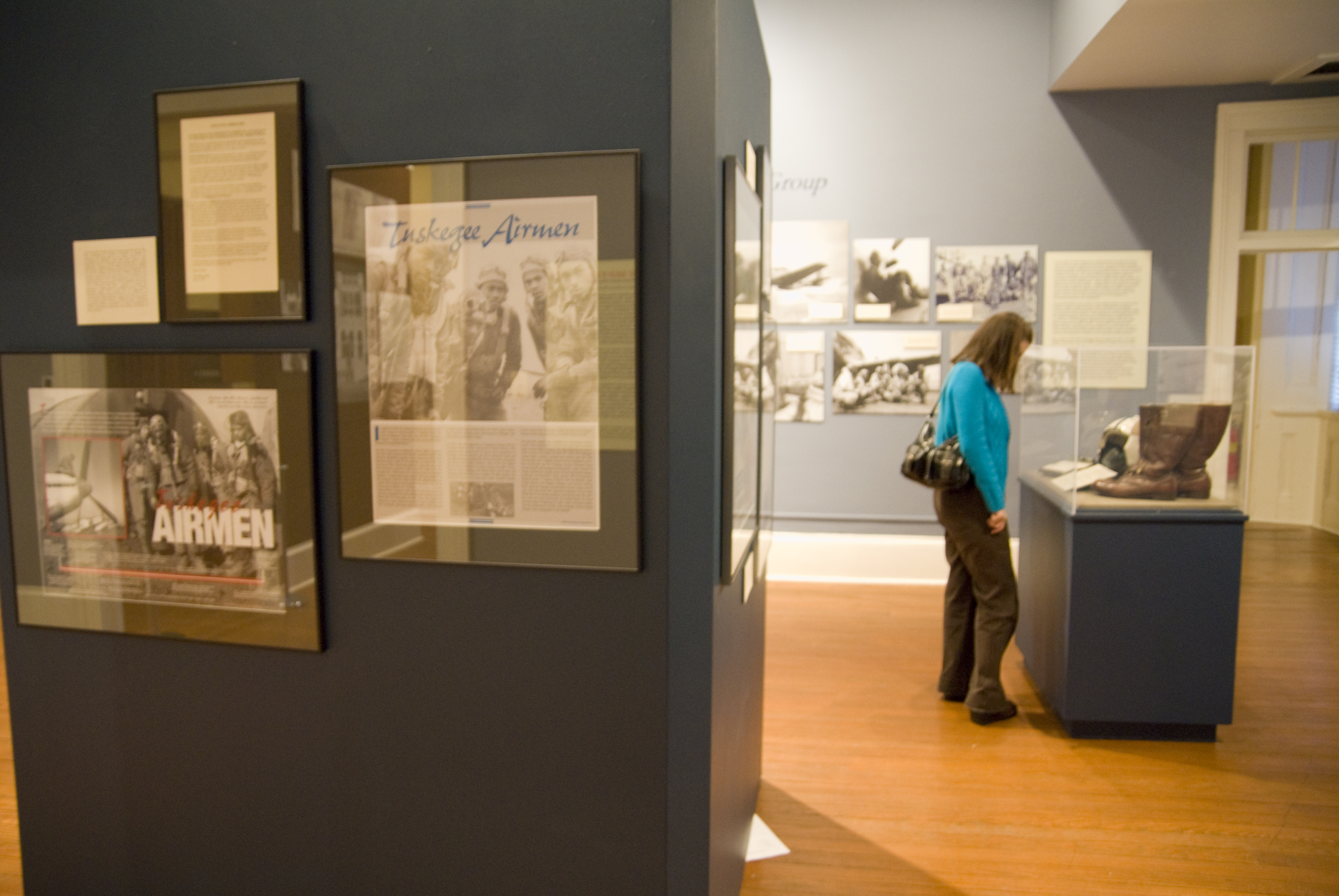
Helena-West Helena
Historic cemetery on Crowley’s Ridge at the northern edge of town. Burial place of casualties of the Battle of Helena and several Confederate generals, including Helena resident Gen. Patrick Cleburne, known as “the Stonewall Jackson of the West." Helena is known for being the home of seven generals.
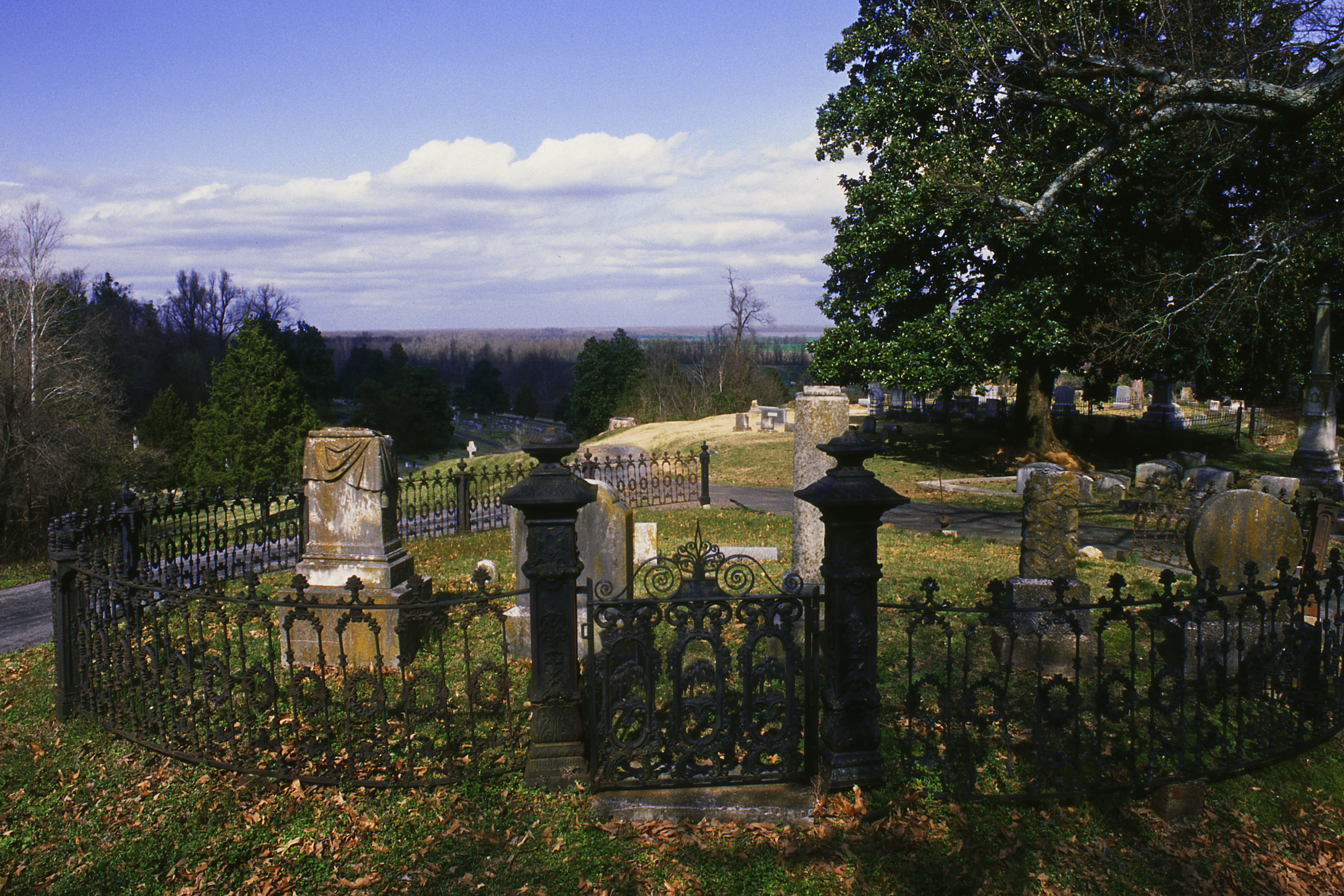
Fordyce
The site of an April 25, 1864 fight in which Confederate Calvary ambushed and captured a Union supply train along with the brigade of Federal troops guarding it, forcing General Frederick Steele to abandon Camden and return to Little Rock due to a lack of supplies; part of the Red River Campaign. The area, reportedly heavily wooded at the time of the battle, appears much the same way today.
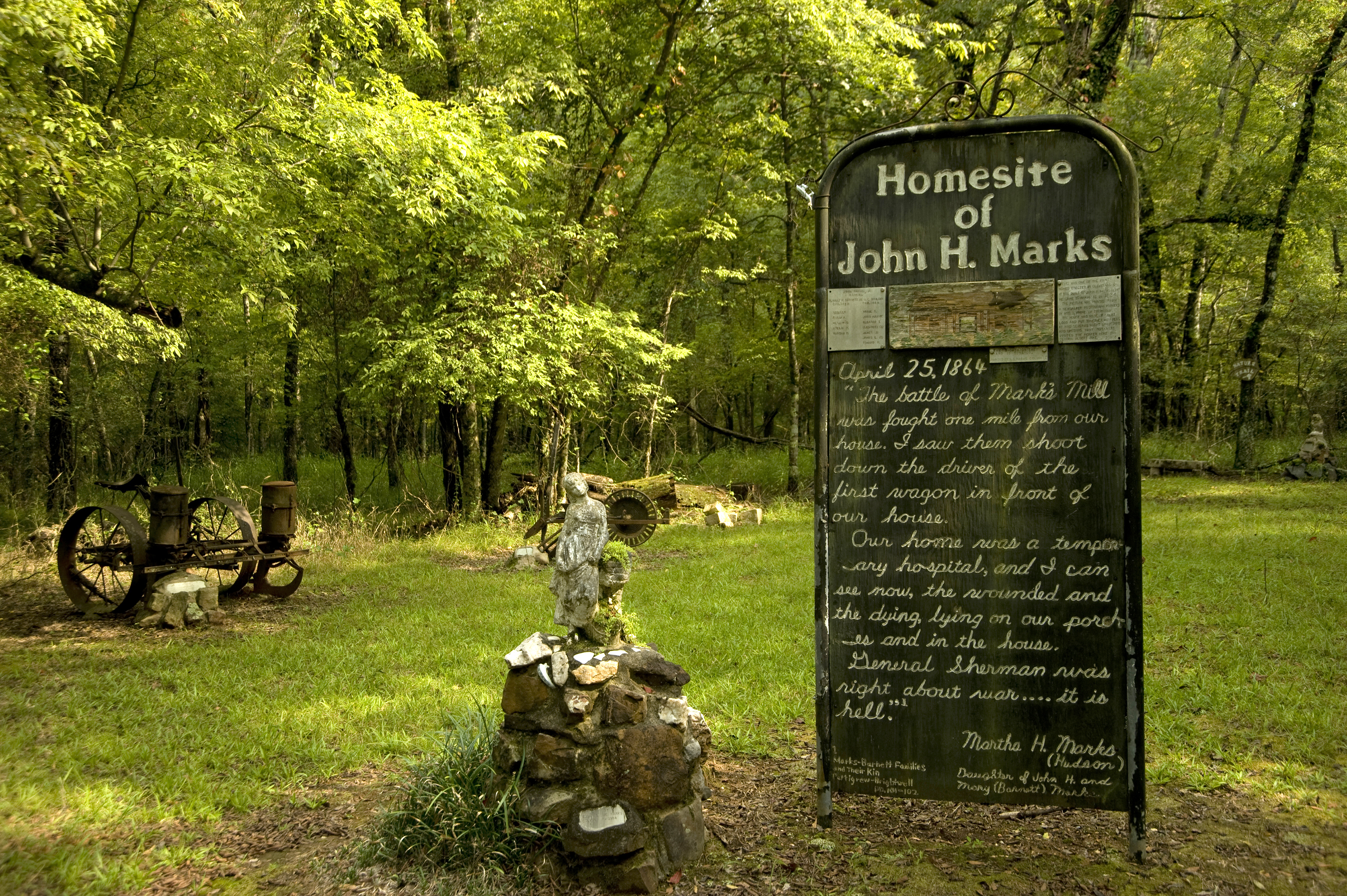
Fordyce
Features an intact section of the Camden-Pine Bluff Road, where one of Union General Frederick Steele's foraging parties was ambushed and decimated by Confederates under General James Fagan on April 25, 1864. The Union suffered 1,500 casualties; part of the Red River Campaign. Details of the battle are available at wayside exhibits. Burials dating from 1843 include prominent south Arkansas pioneer families. Site of initial interment of Union dead from Battle of Marks’ Mills. Honors 1864 Civil War battle and has displays, nature and hiking trails.
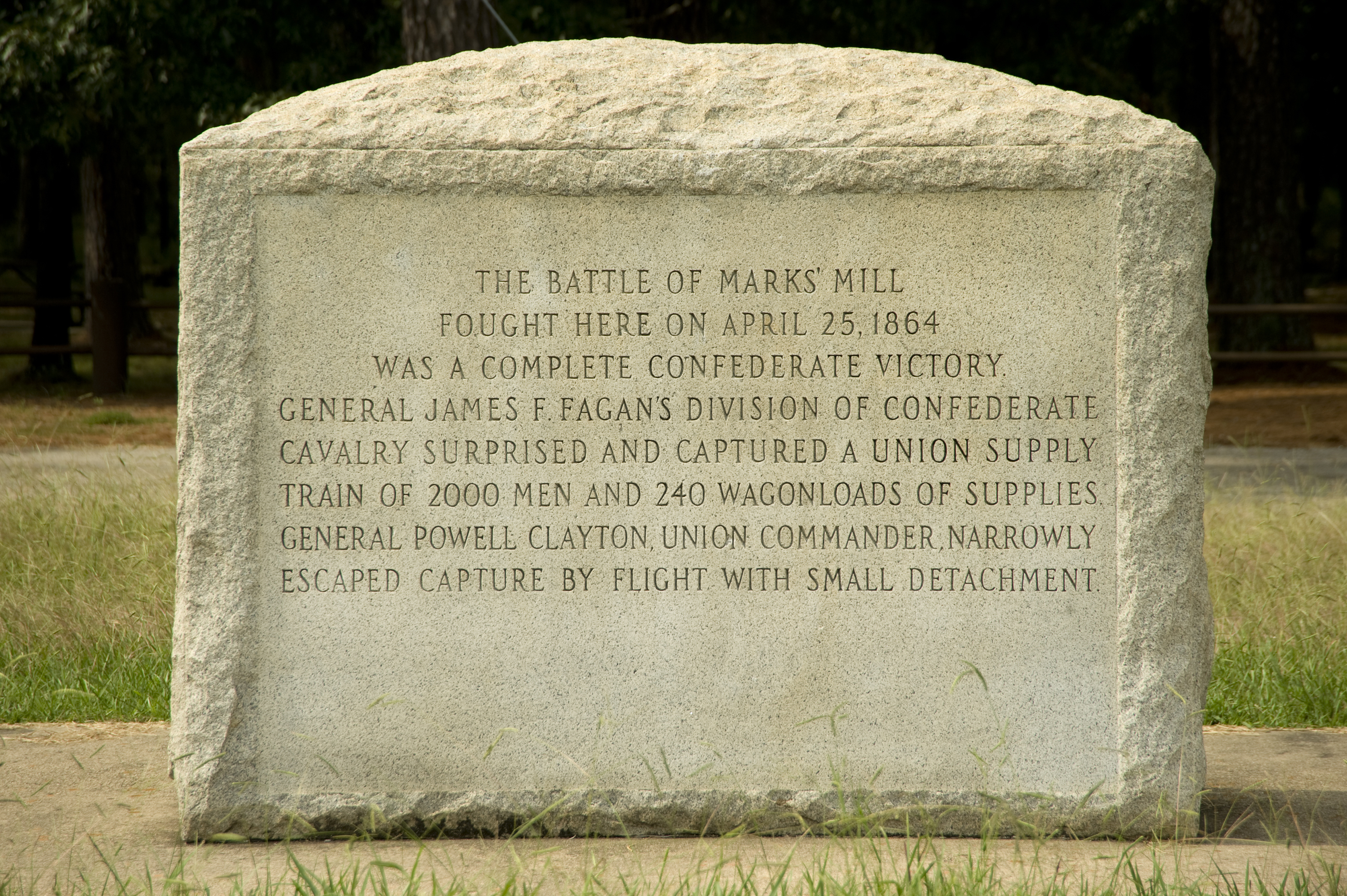
Camden
Built for Peter McCollum in 1847, this museum features some of the original furnishings which were brought up the Mississippi by steamboat from New Orleans in 1863. During the Red River Campaign of the Civil War, the home was first occupied by Confederate General Sterling Price, then Union General Frederick Steele. Bullet holes and damage by cannon-fire can still be seen in the home; open for tours.
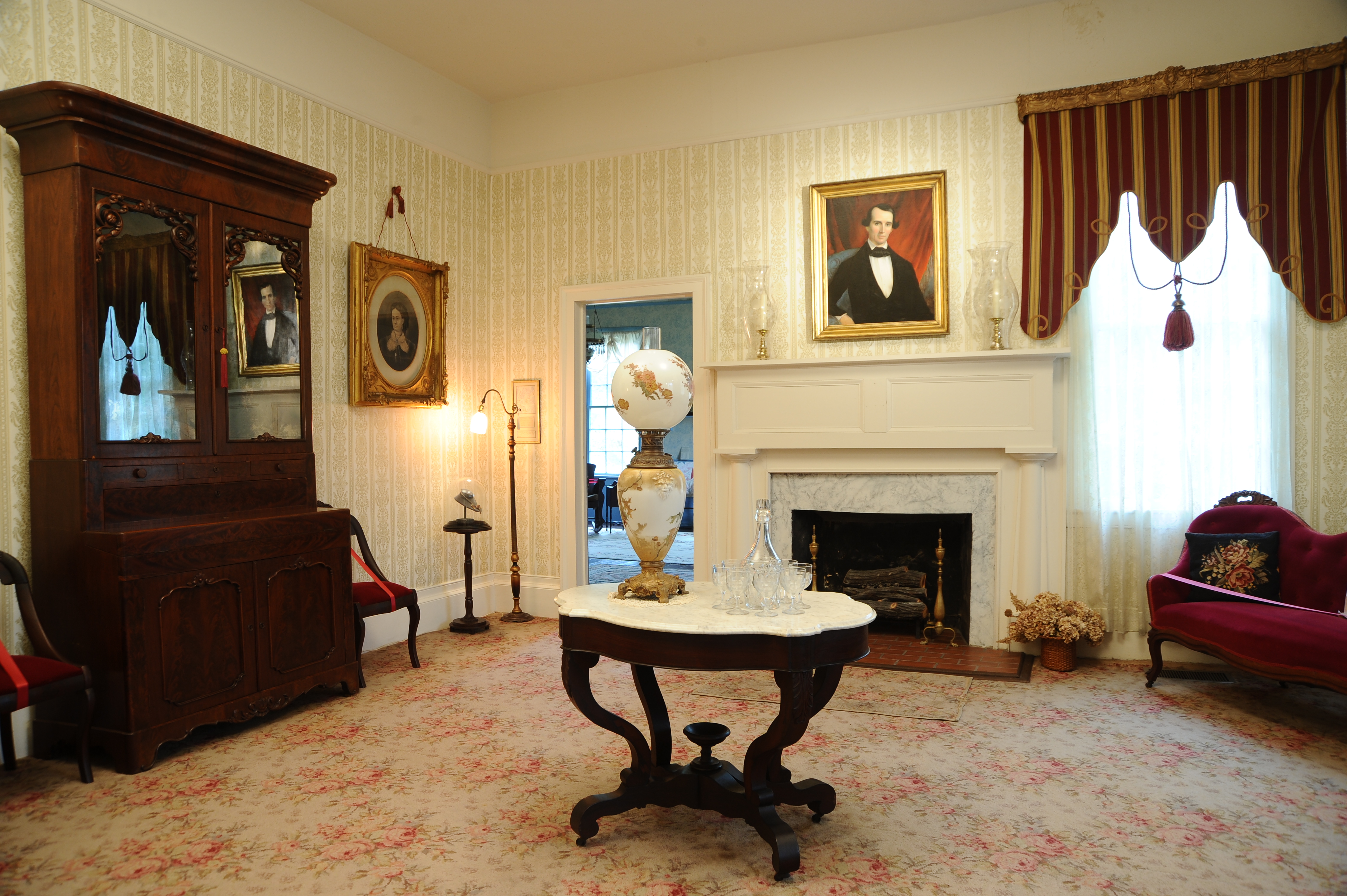
Dardanelle
Civilian Conservation Corps-built mountaintop park features cabins, tennis courts, pool, campground, visitor center, hang gliding area, group pavilions, trails. Historic Cornwell House contains exhibits about the mountain’s legacy, teachers college, grand resorts, CCC and Cornwell Family that last owned the home.
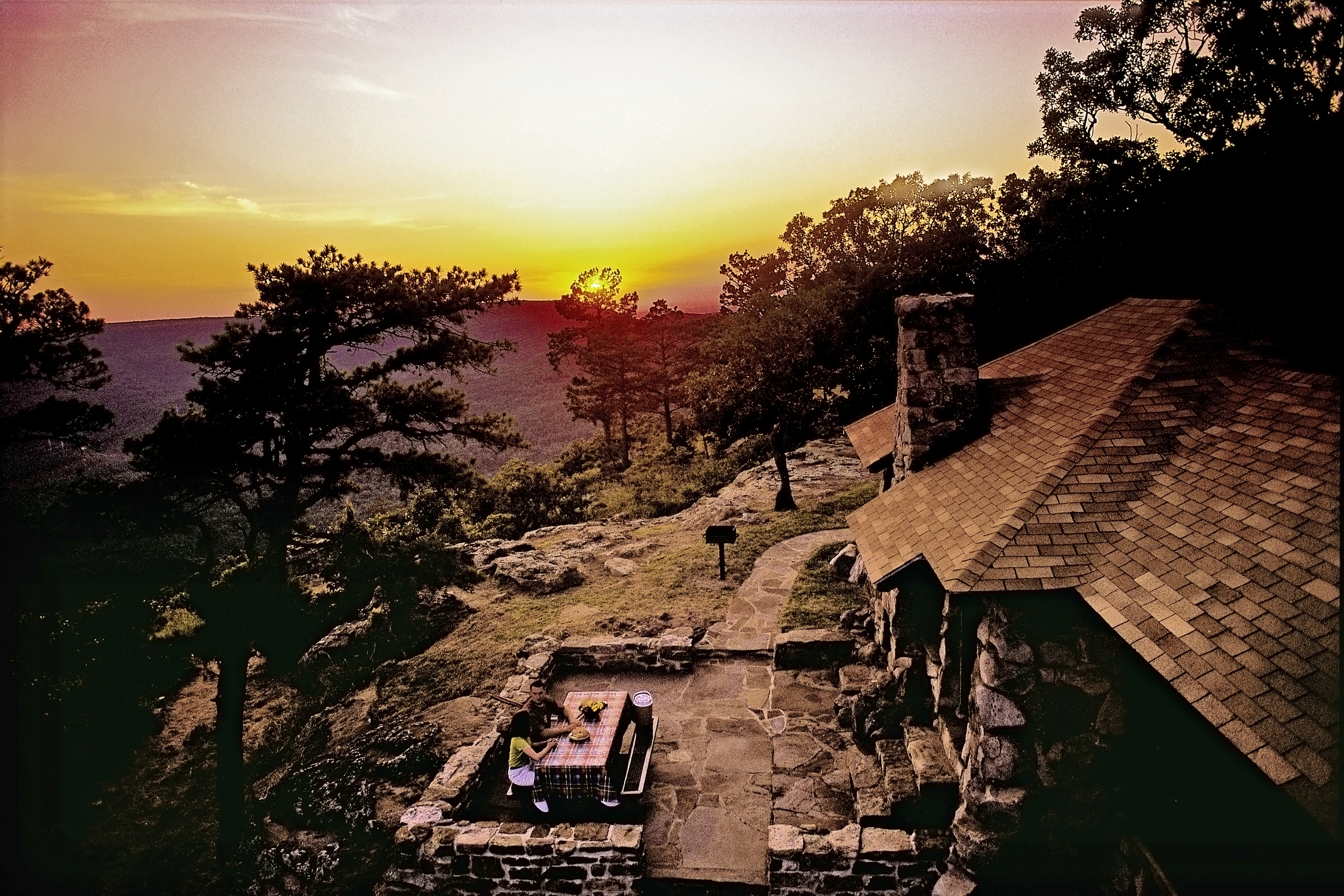
North Little Rock
Located on the north side of the Arkansas River, this park offers picturesque views, lighted walkways and a jogging/fitness trail. North River Landing off I-30 near the Broadway exit is a large boat launching ramp. It is a part of the Arkansas River Trail which connects to the Junction Bridge Pedestrian & Bicycling Bridge. Seven interpretive panels commemorating the Cherokee Trail of Tears and similar forced migrations by the other Four Civilized Tribes are located along the path. The site is located in the immediate vicinity of a large number of (north-south) land migration routes and (east-west) water migration routes for the Cherokee and other southeastern tribes during the 1830s and 1840s.

Pea Ridge
Perhaps the best-preserved Civil War battlefield in Arkansas, this 4,300-acre national historic site includes a seven-mile, self-guided auto tour road with 10 stops; a museum; trails; bookstore and visitor center. The March 7-8, 1862 battle was one of the largest fought west of the Mississippi, between 10,500 Union troops and 16,200 Confederate troops. The decisive Union victory ensured that Missouri would remain in Federal control. A marker at historic Elkhorn Tavern explains the Trail of Tears route (Elkhorn Tavern Segments) that went through the park; Trail of Tears National Historic Trail.
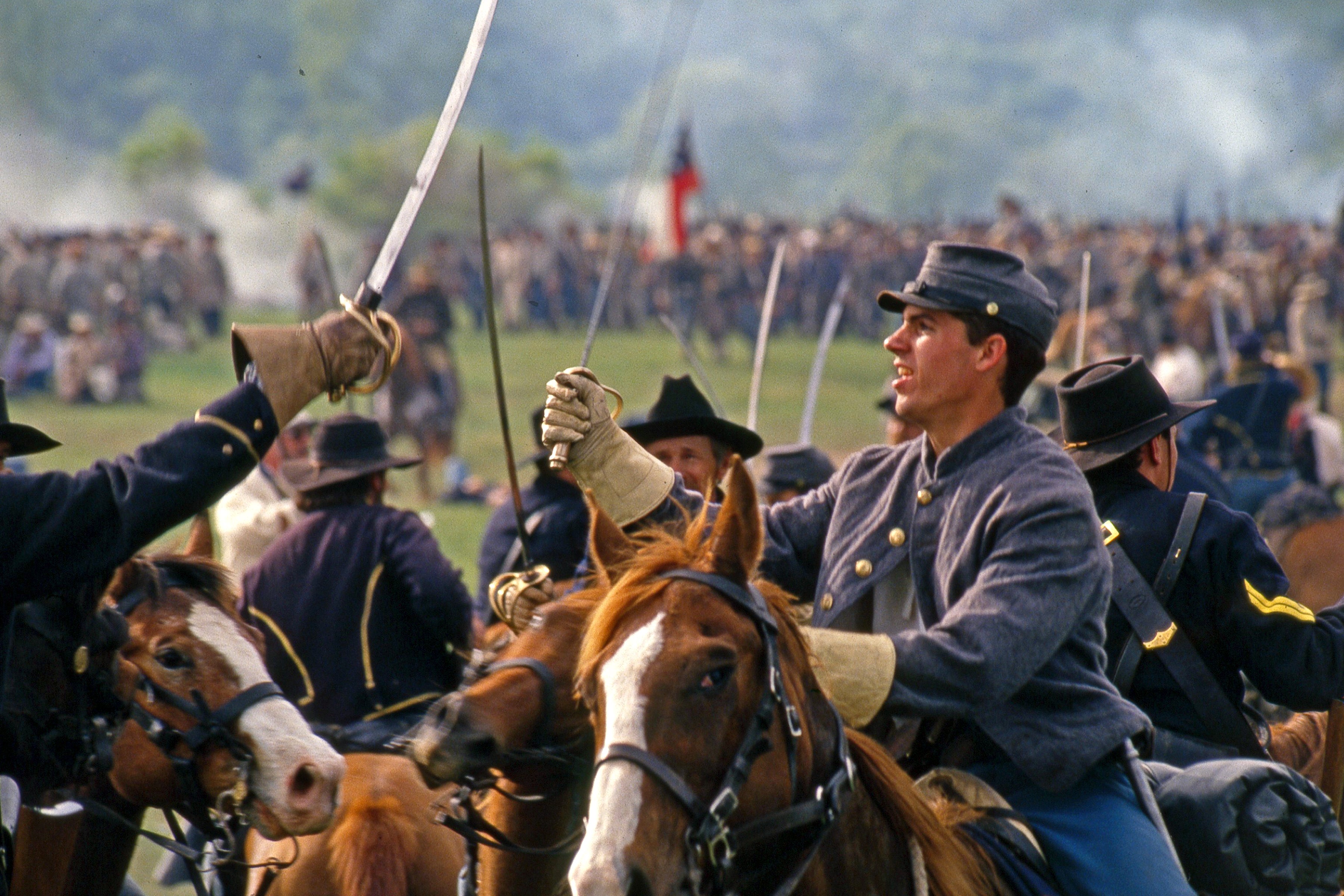
Morrilton
Flagship of the state parks system; encompasses, 2,658 acres, includes 95-foot Cedar Falls, miles of trails, scenic overlooks, camping. Mather Lodge and Restaurant renovated with expanded kitchen, 50-person conference room, new swimming pool. Cabins include 1930s Civilian Conservation Corps rustic-style; others are modern duplex designs. Choices include one-bedroom, three-bedroom, and studio cabins. The cabins are fully-equipped, and 21 include kitchens. Most of the cabins are spaced along the bluff of Cedar Creek Canyon.
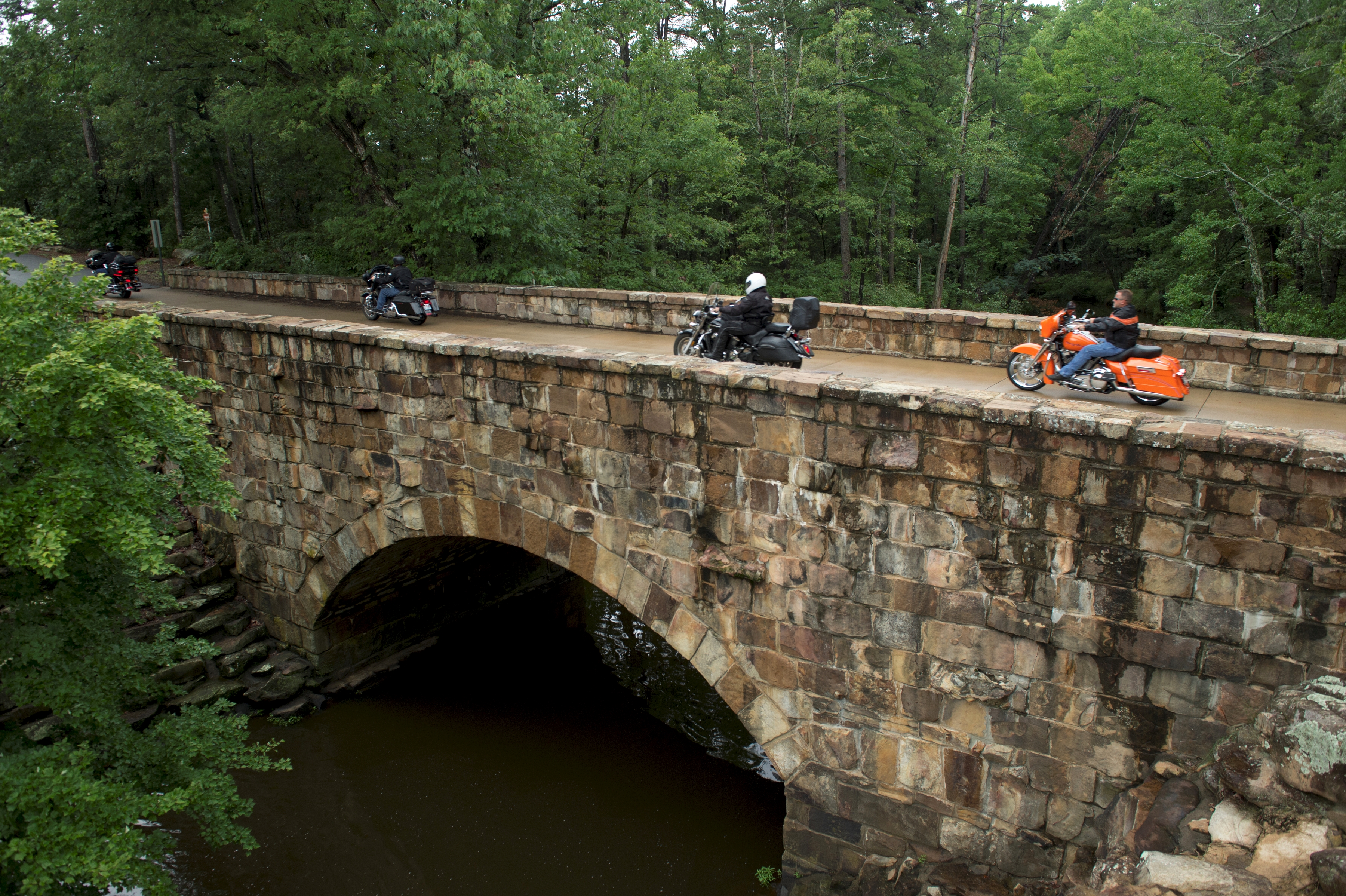
Little Rock
Recreation, environmental education and conservation park; activities include interpretive programs, festivals, exhibits, picnic sites, pavilions, launching ramps, hiking trails, mountain bike trails, horseback riding concession, canoe and kayak rentals and floats, barge tours, paddle boats, technical rock climbing, fishing, hayrides, star parties; Overlooks at the park visitor center provide spectacular views of the Trail of Tears Arkansas water route, a Congress-designated National Historic Trail.
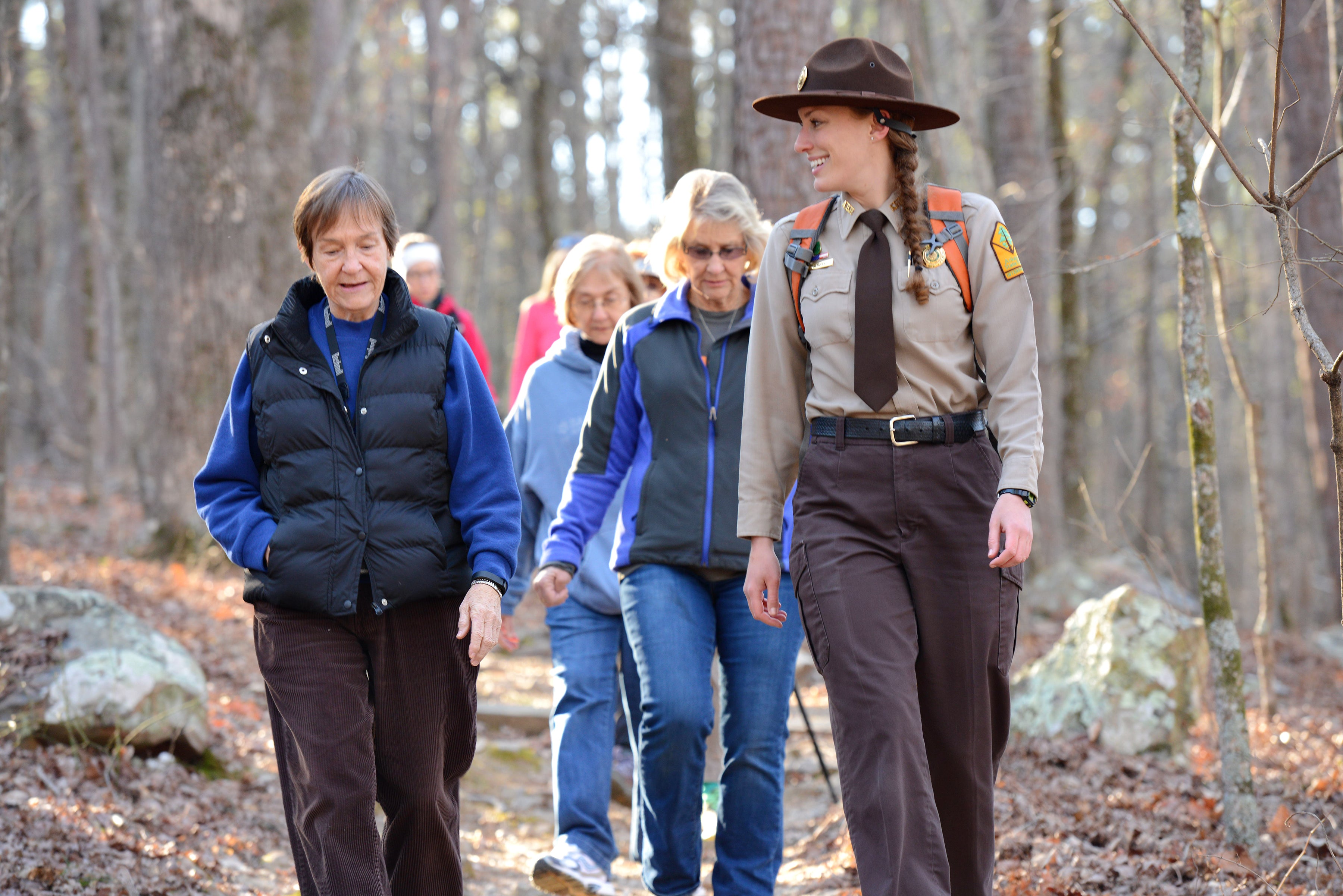
Bluff City
The site of an April 18, 1864 battle in which Confederate troops attacked and decimated a Union supply train bringing badly needed materials to Camden. The battle, in which the First Kansas Colored Regiment suffered disproportionately high casualties, remains one of the most controversial in Arkansas history. Part of the Red River Campaign; park includes a trail, picnic area, outdoor exhibits about the battlefield. A part of the National Park Service's Underground Railroad Network to Freedom.
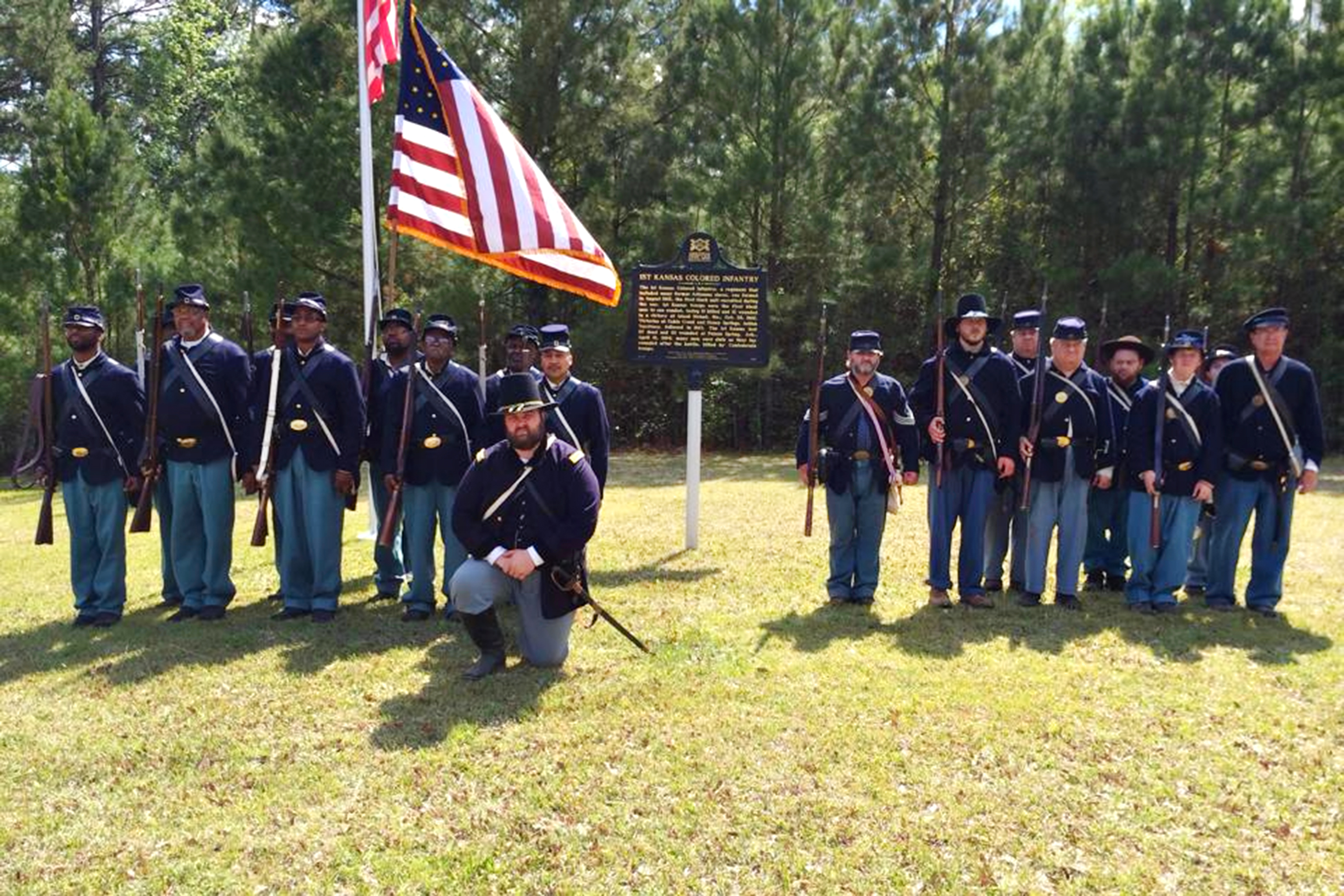
Pottsville
One of the best preserved stagecoach stations on the Butterfield Overland Mail Route, this restored antebellum home built circa 1850 has period furnishings. The five log structures on the grounds offer an antique clothing and hat exhibit as well as a 'dress up' area for children, antique farm equipment and historic photos. The large gazebo on the grounds is popular for weddings.
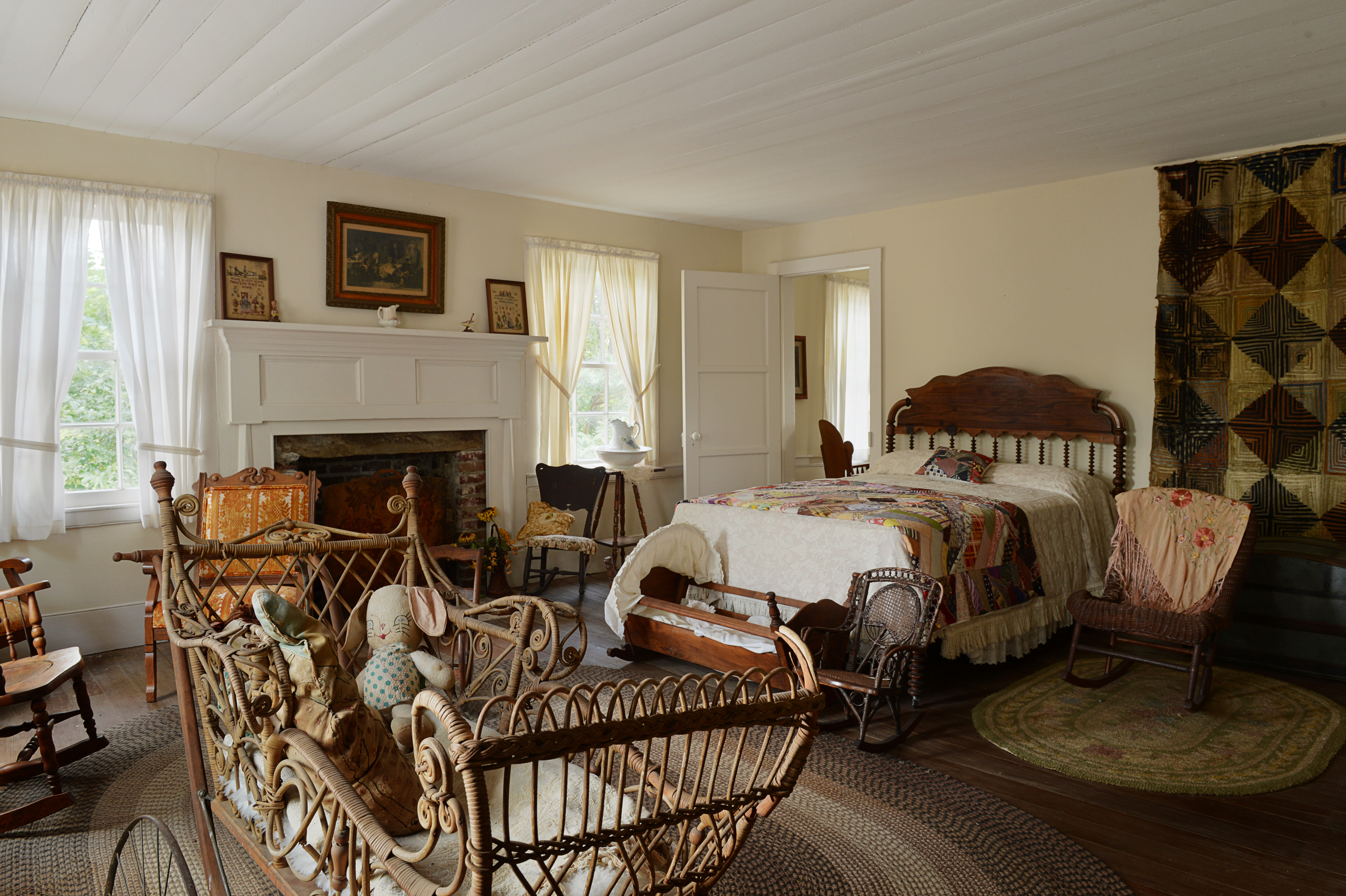
Prairie Grove
On December 7, 1862, the Confederates attempted to stop Union forces from advancing south, with Fort Smith ultimately being at stake. One-mile walking trail with markers tell about the battle, pre-Civil War Ozark Village open for tours, picnic tables, playground, museum with artillery and weapons from the battle; two videos about the battle
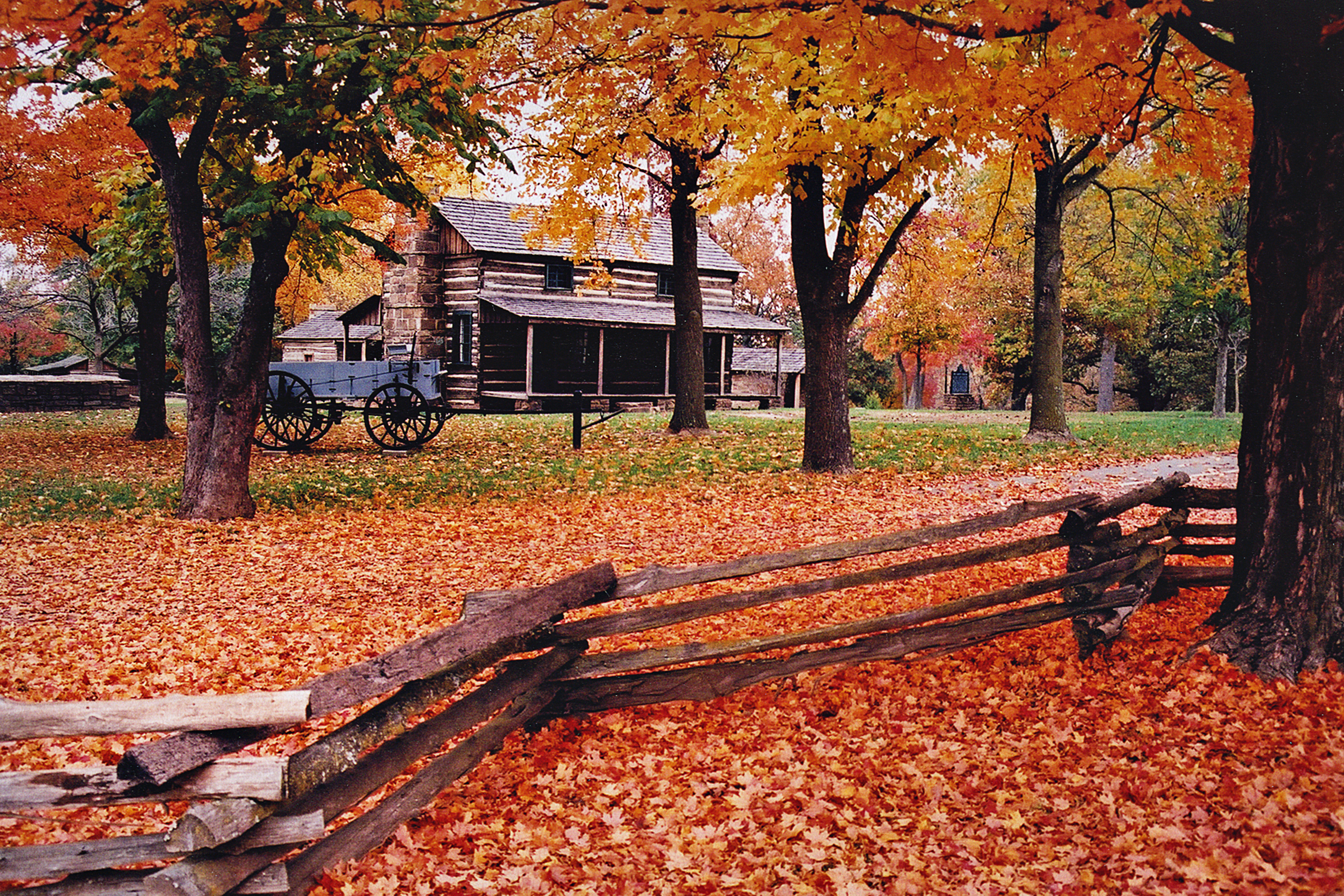
Randolph County Heritage Museum
Pocahontas
Located on the historic Pocahontas Court Square, the museum tells the story of the Randolph County area from its earliest history to present with permanent and traveling exhibits, special presentations, interactive exhibits, informational programs. In 1838, portions of what is now Ark. 166 was the route the Trail of Tears took into Arkansas and across Randolph County.
Jacksonville
Includes an 1860-era replica homestead, a walking trail with narrative historical markers highlighting the 1863 Little Rock Campaign Civil War Battle as Union soldiers tried to punch their way south while Rebel troops tried to protect the Capitol. Listed on the National Register of Historic Places; an official Trail of Tears site. Special events held throughout the year. Reservations made through Jacksonville Military Museum.
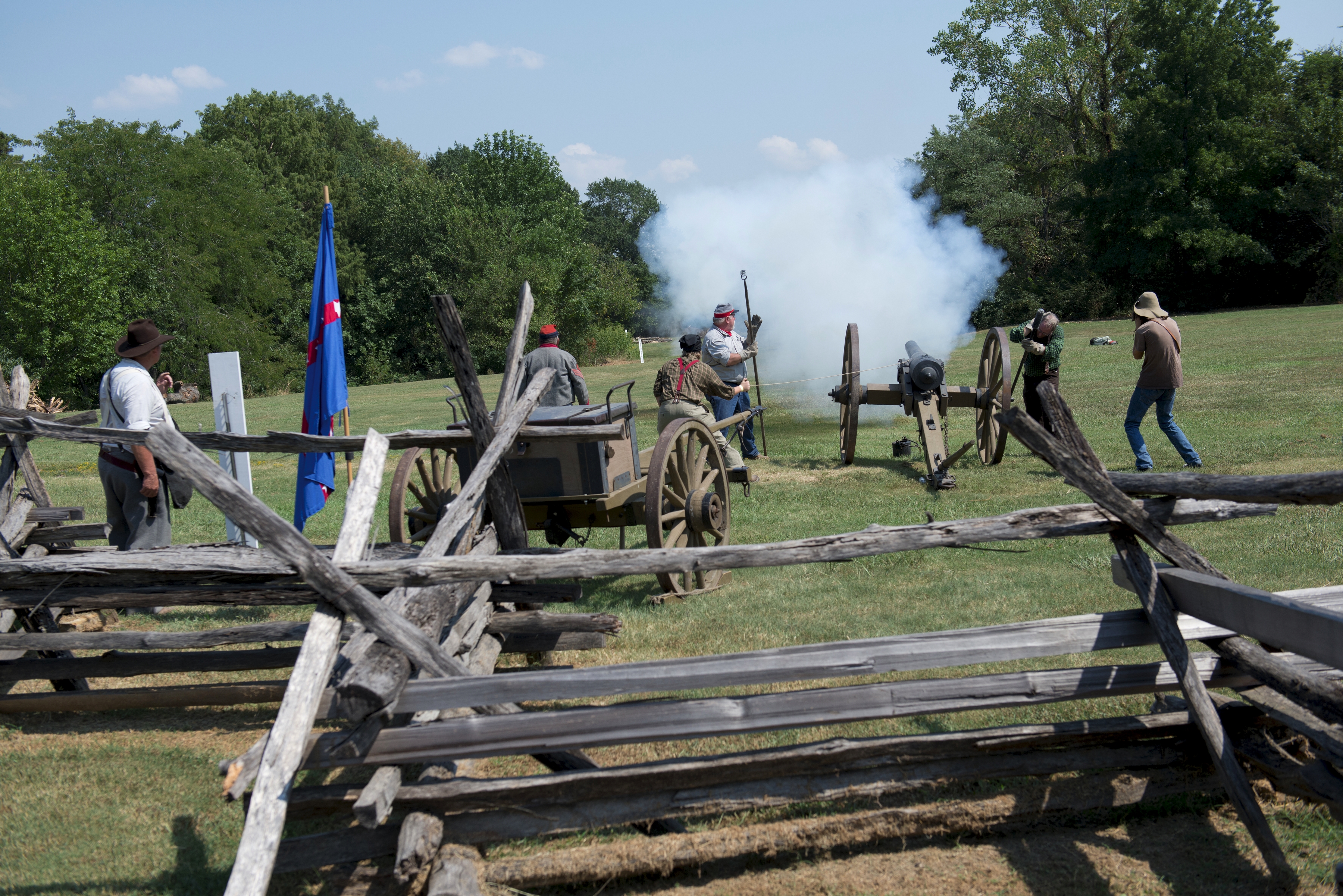
Scott
Depicts early farming life from statehood through mechanization; original area working plantation structures include a hand-hewn cypress corncrib, 1840s dog trot log cabin, Big House from one of the local plantations; commissary, one-room schools, doctor’s office, tenant houses, blacksmith shop. Civil War interpretive sign explains the Battle of Ashley’s Mill, part of the 1863 Little Rock Campaign conducted by Union General Frederick Steele that led to the fall of Little Rock in 1863.
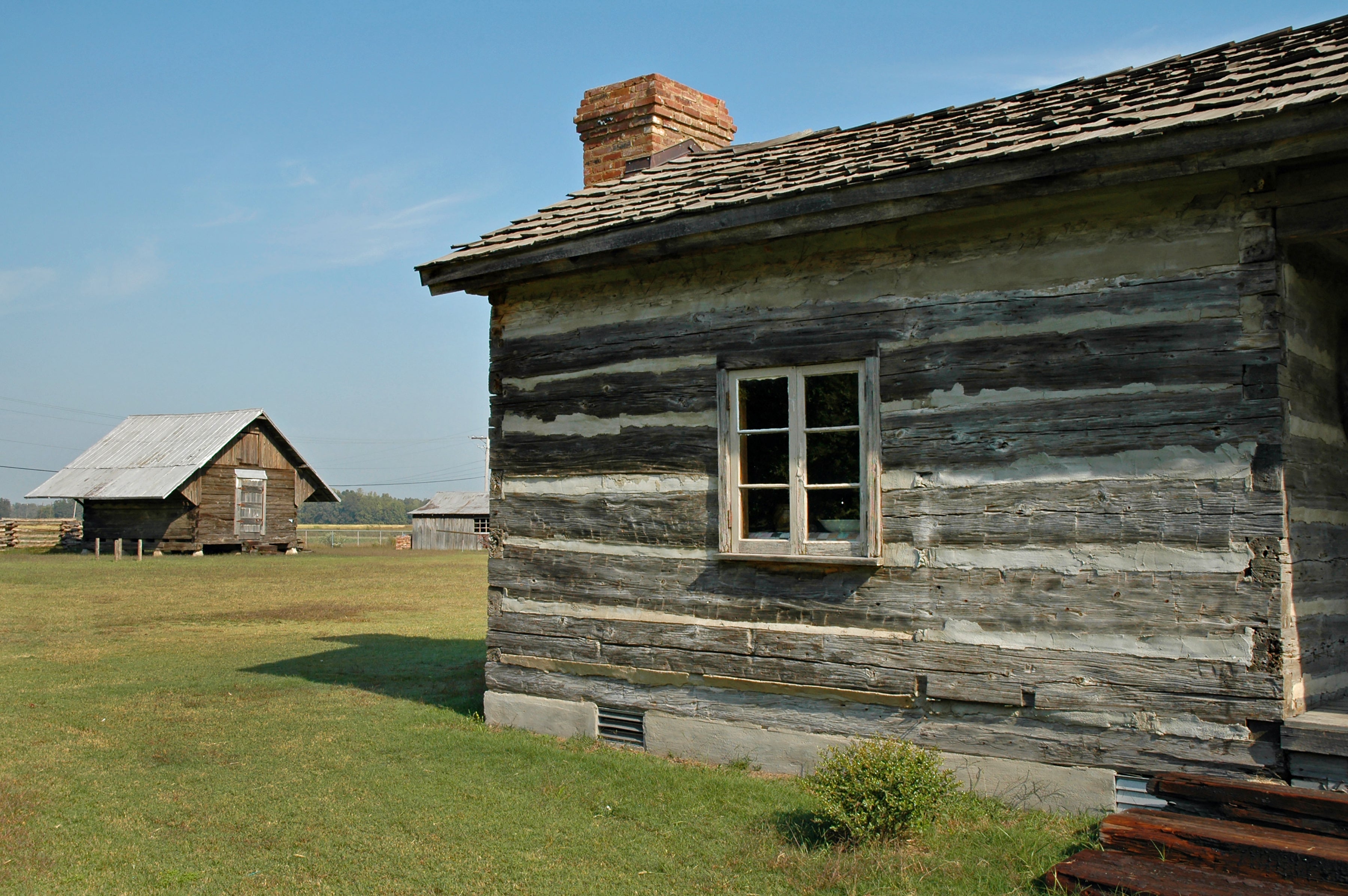
Sequoyah National Research Center
Little Rock
Located on the University of Arkansas at Little Rock campus, the center is the largest assemblage of Native American expression in the world. Searchable, on-line archives and library catalogs; mission of the program is to acquire and preserve the writings and ideas of Native North Americans. Open to the public Monday-Friday, 8 a.m.-5 p.m. Trail of Tears Park is 4.5 acres planted with native trees, grasses, and other species that travelers along the trail might have seen and experienced.
Fayetteville
Location of an encampment of approximately 1,200 Cherokee who, on January 13, 1839, were on a forced march from their homeland in the southern Appalachians to what is now Oklahoma; now known as The Trail of Tears. The University of Arkansas now sits on the site at the intersection of Martin Luther King, Jr., Blvd. and Garland Street. The Trail of Tears Park is open to the public Monday-Friday, 8 a.m.-5 p.m. and consists of 4.5 landscaped acres with a stone sculpture and plaque memorializing the Trail of Tears. Arkansas native trees, grasses, and other species are planted here--species that travelers along the trail might have seen and experienced.
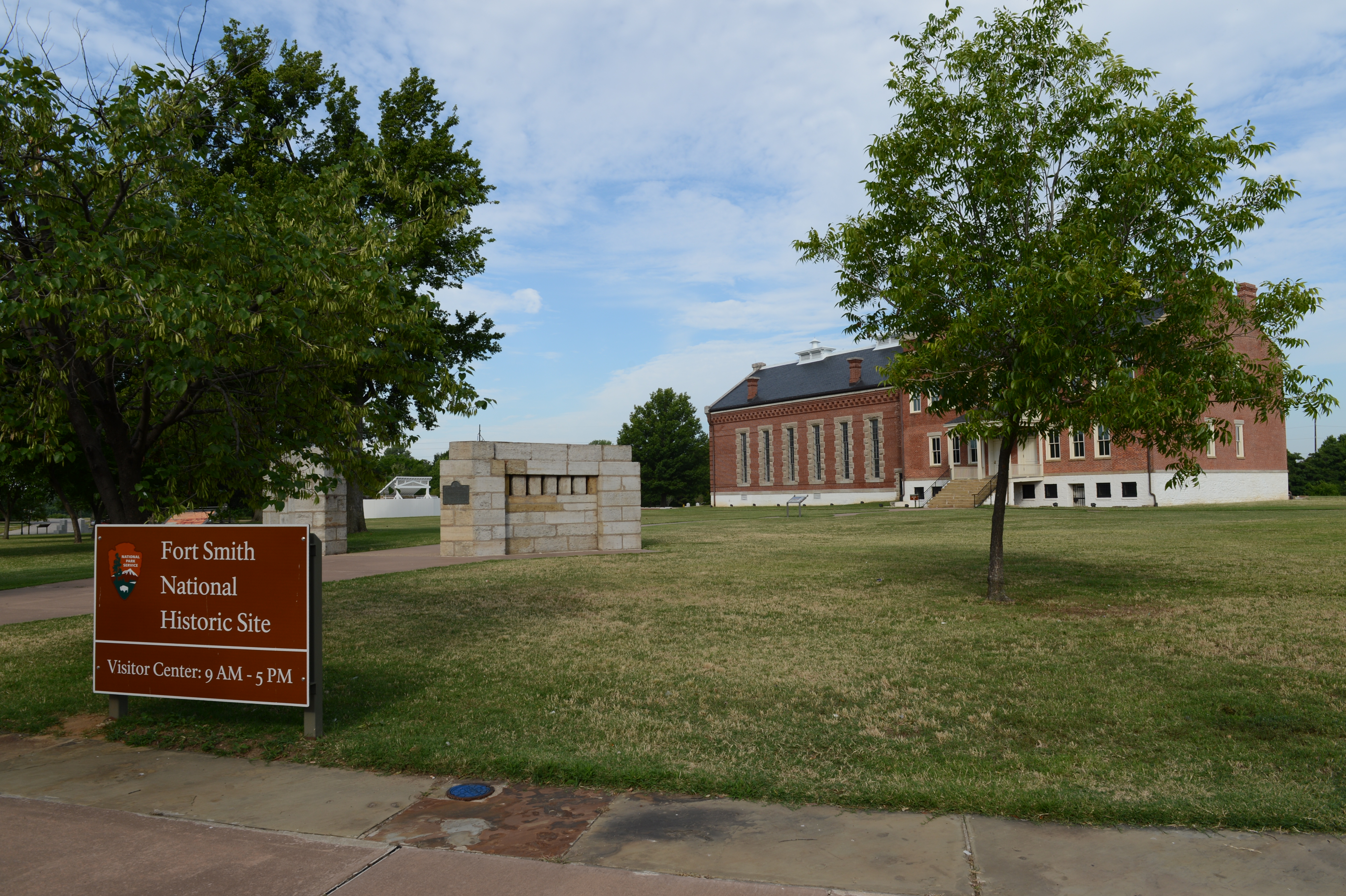
Wynne
Two fishing lakes, modern cabins, campgrounds, visitor center, horse camp with stalls, multi-use trails, an Andy Dye-designed golf course and recreation opportunities are the hallmarks of this 7,000-acre park. Ark. 284 between Wynne and Forrest City.
